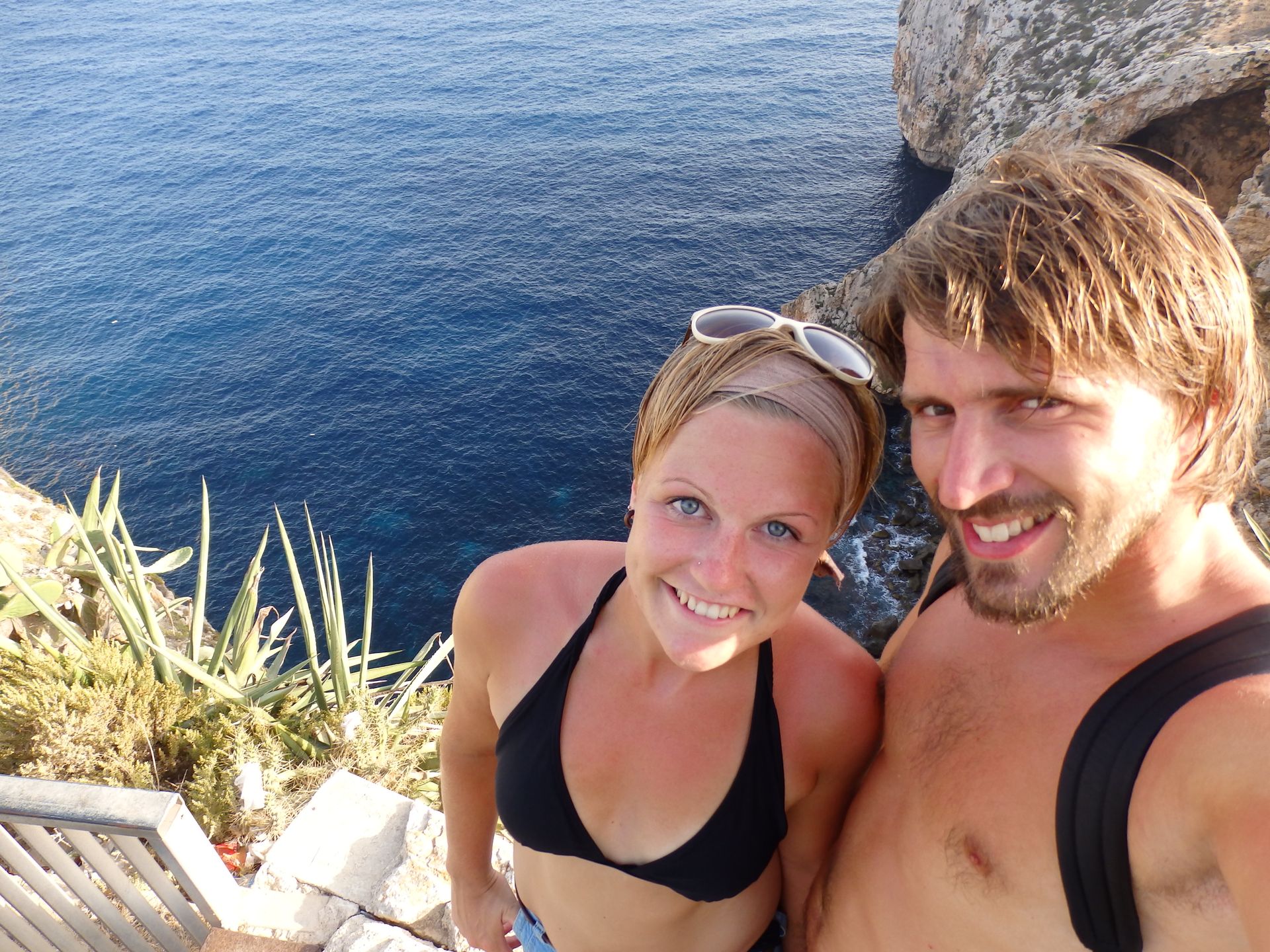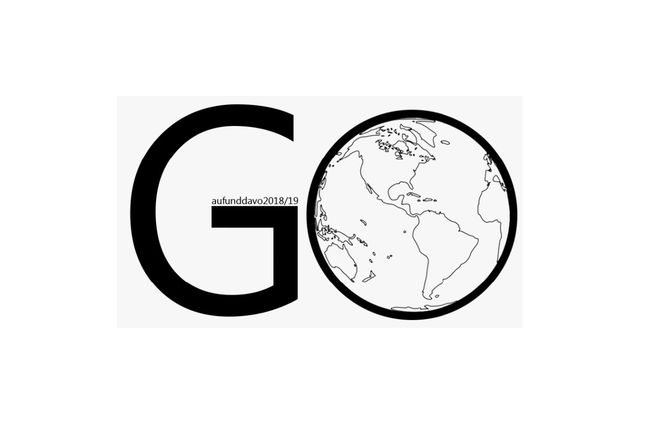Two Passes Trek with Everest Basecamp and Kala Patthar- Nepal
Được phát hành: 02.09.2019
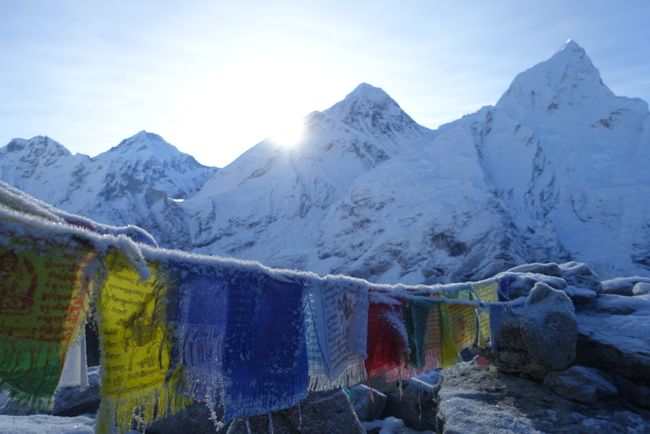
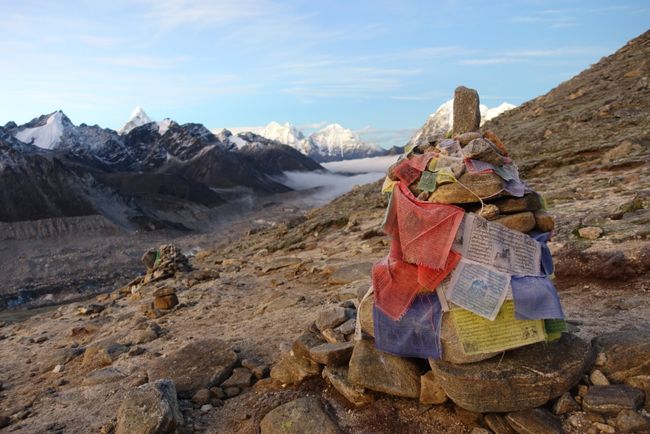
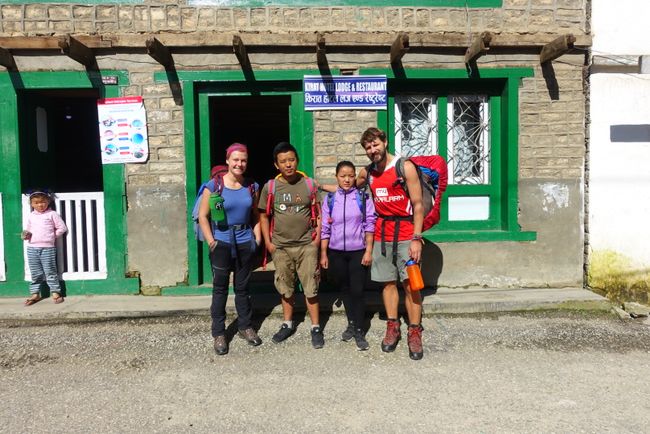
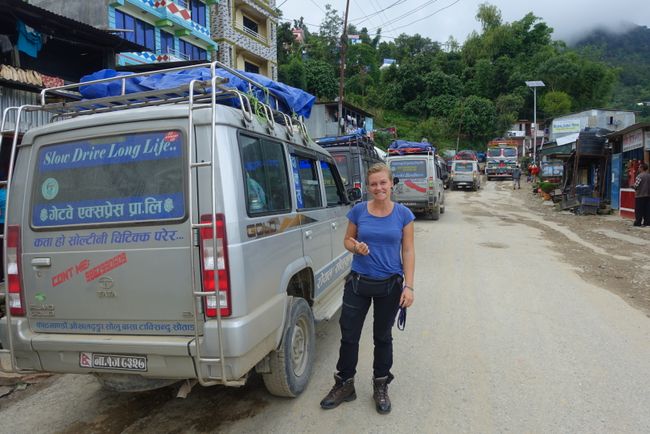

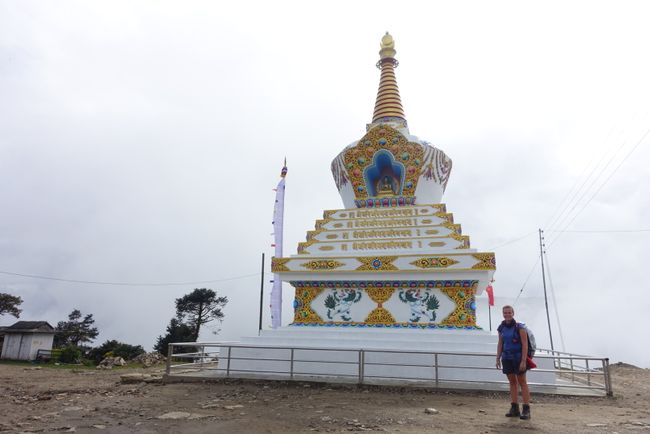
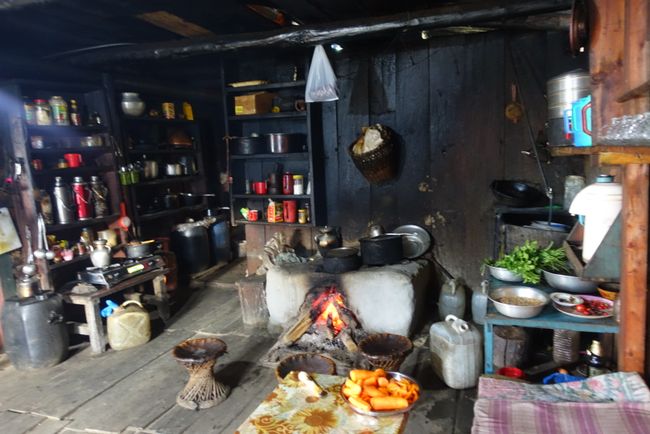
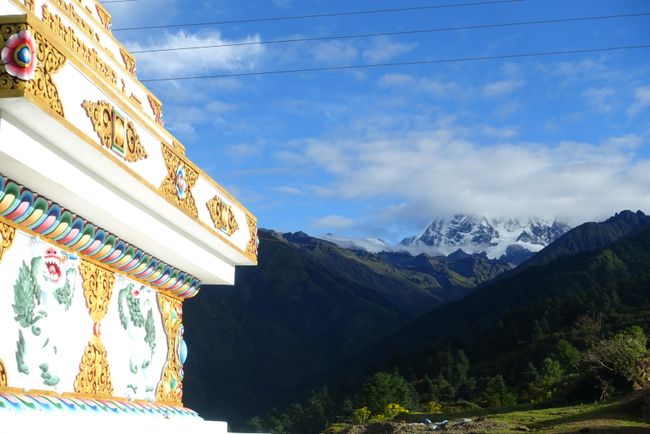
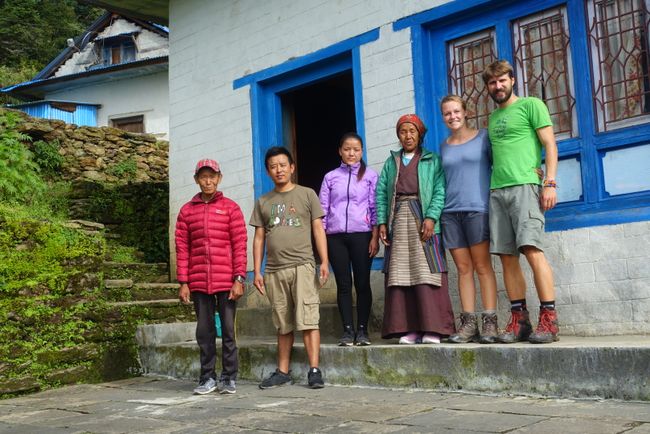
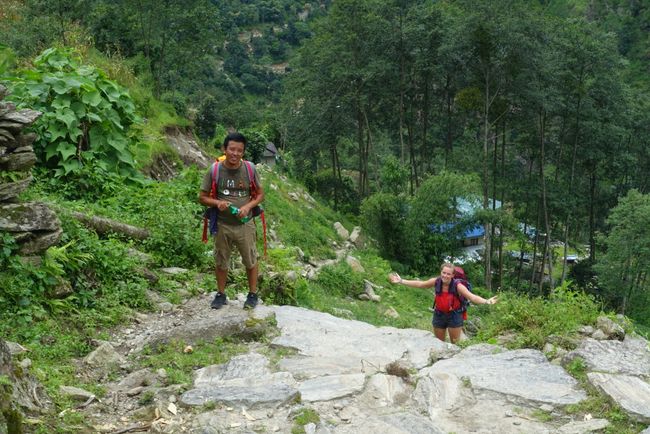
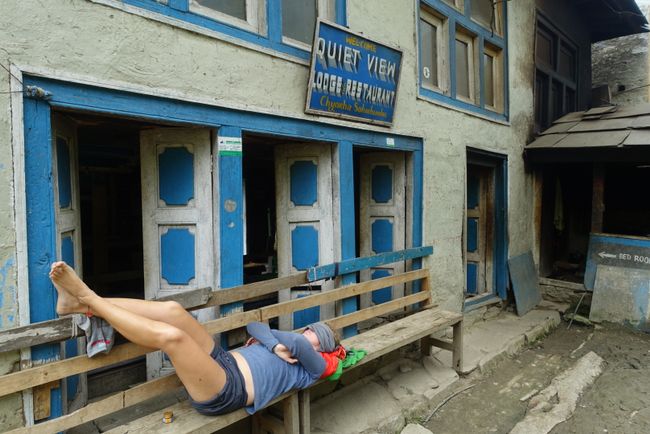
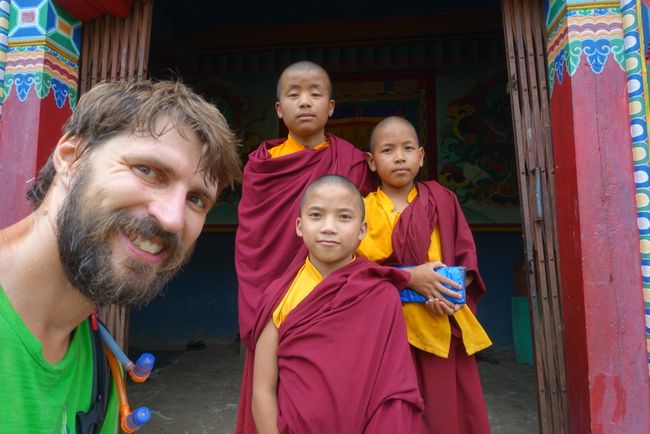
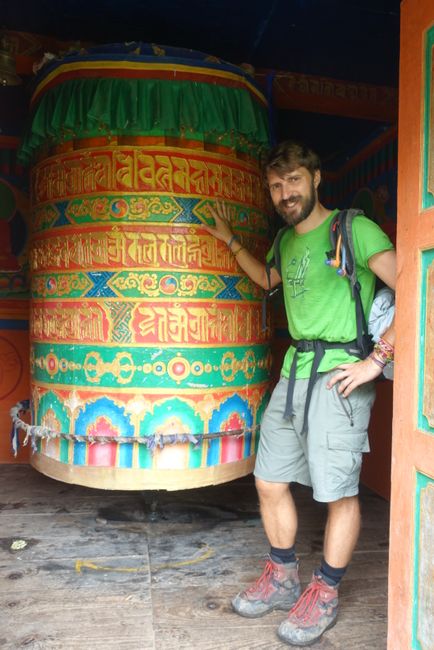
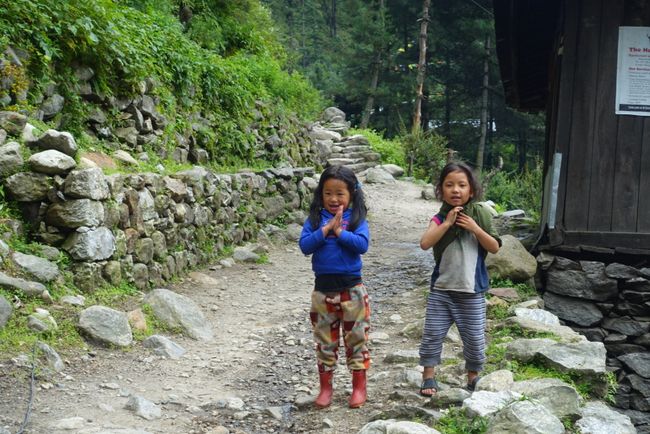
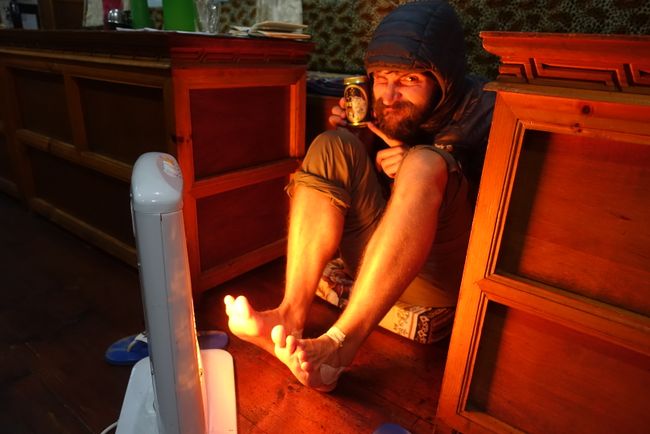
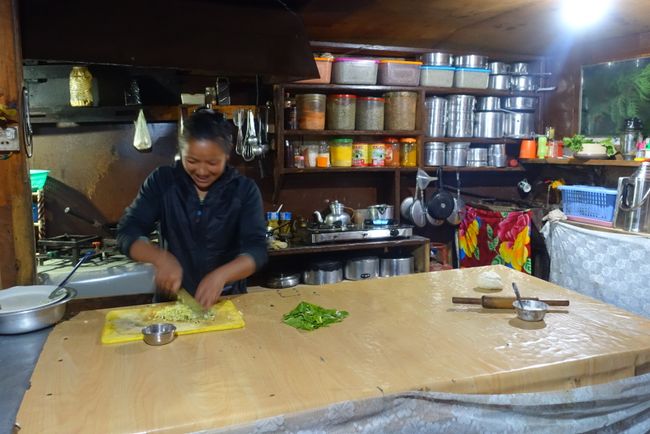
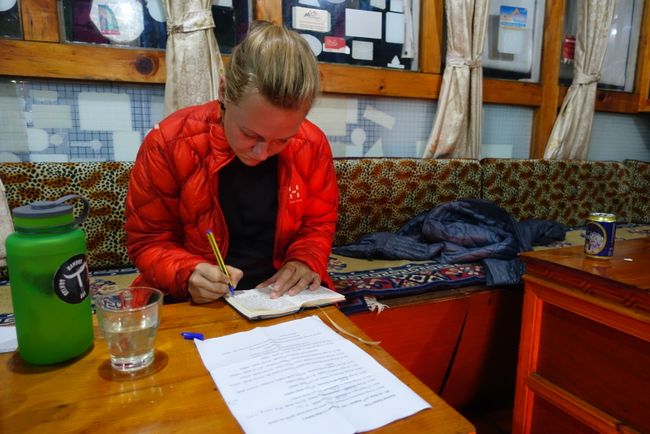
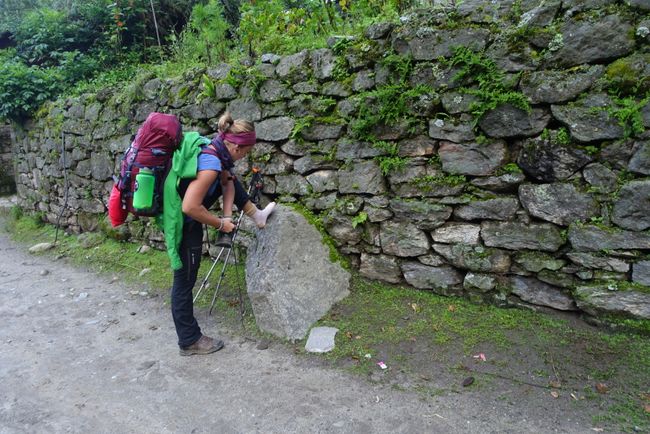
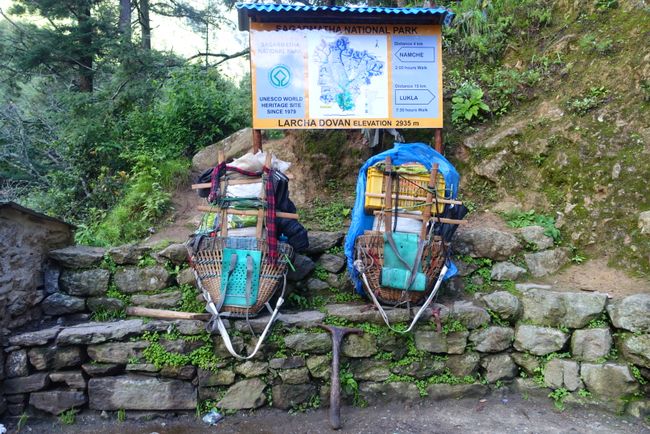
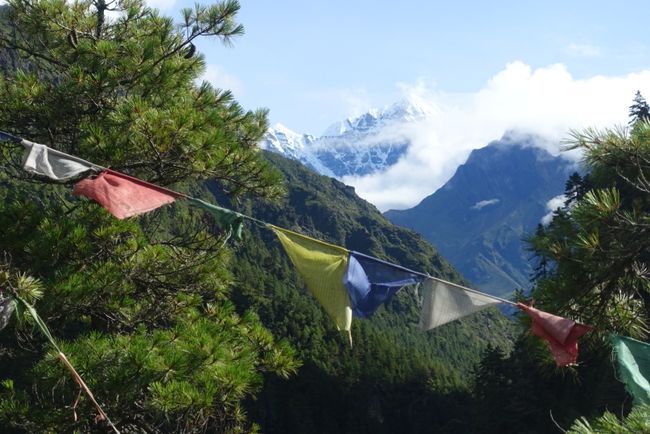
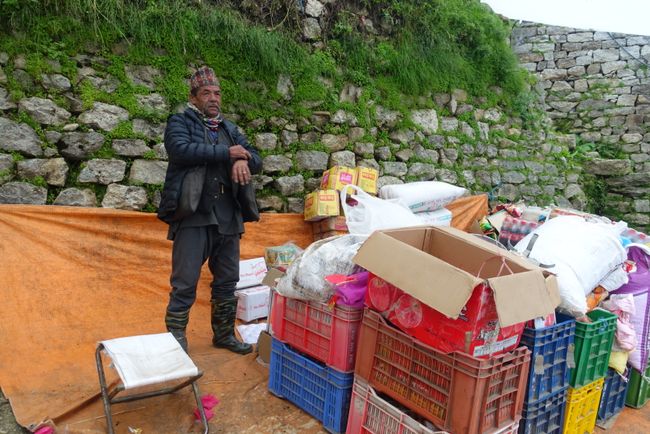
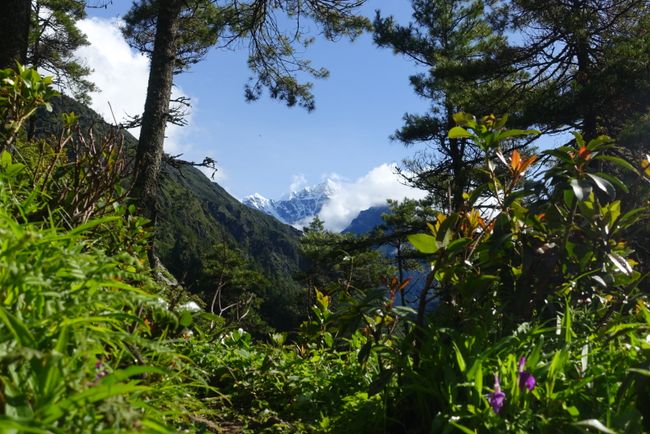
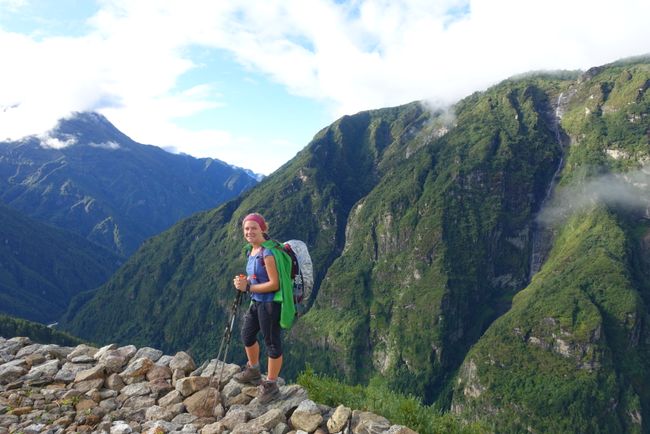
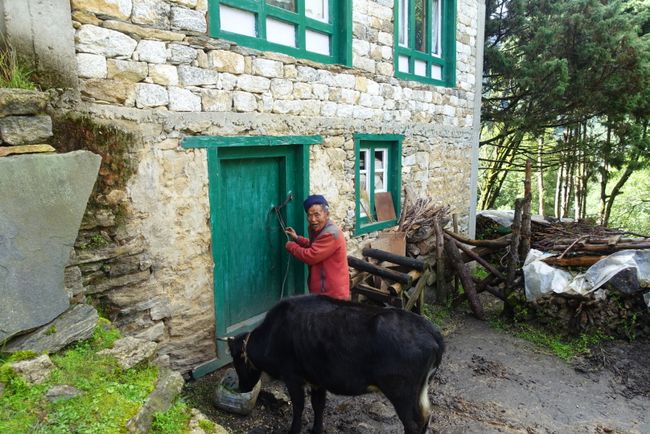
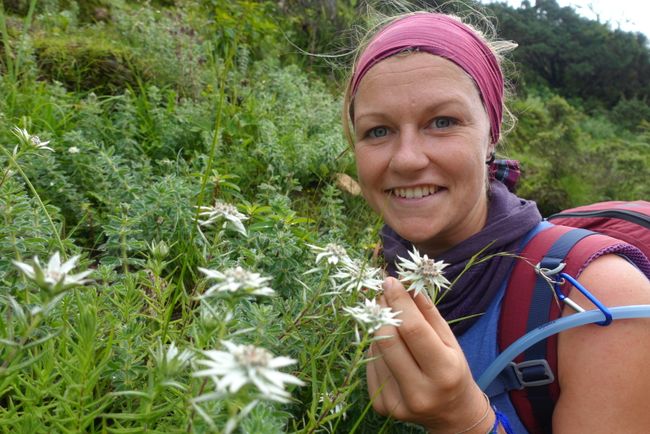
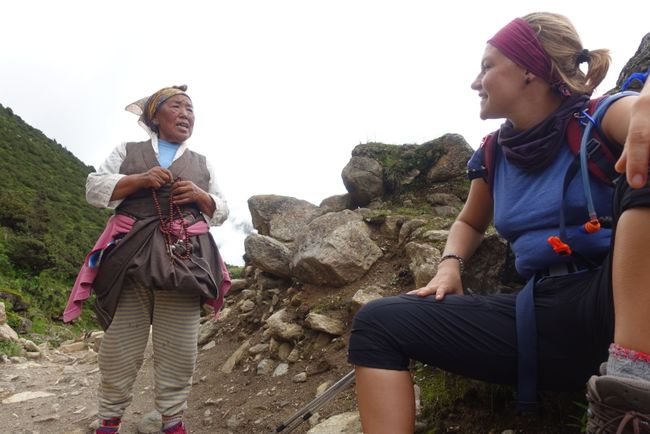
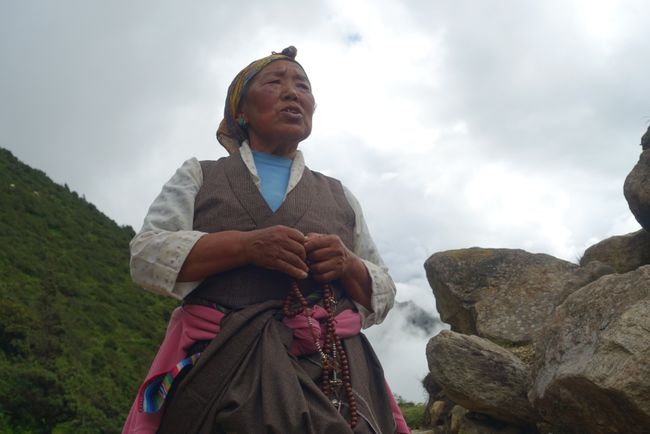
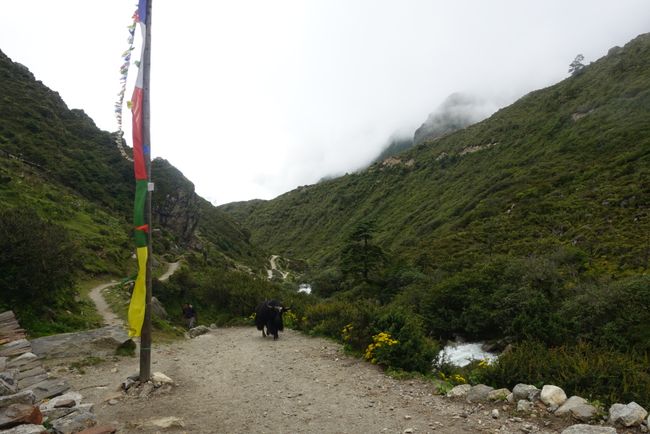
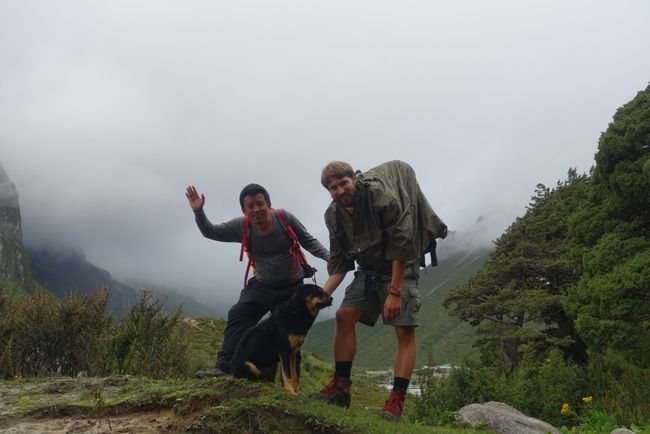
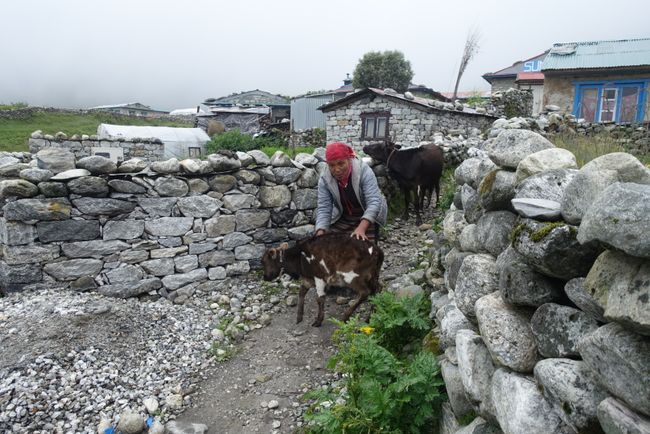
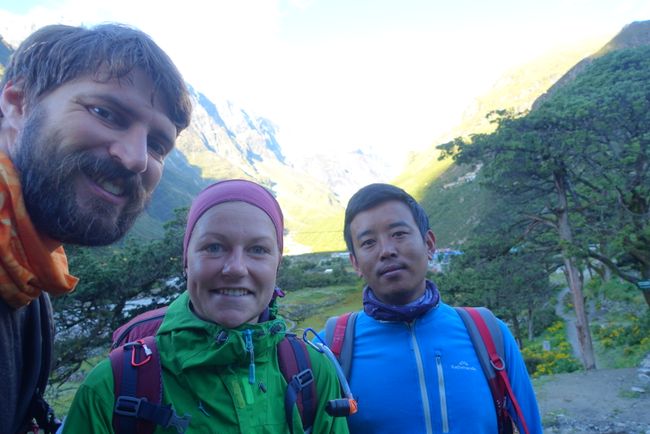
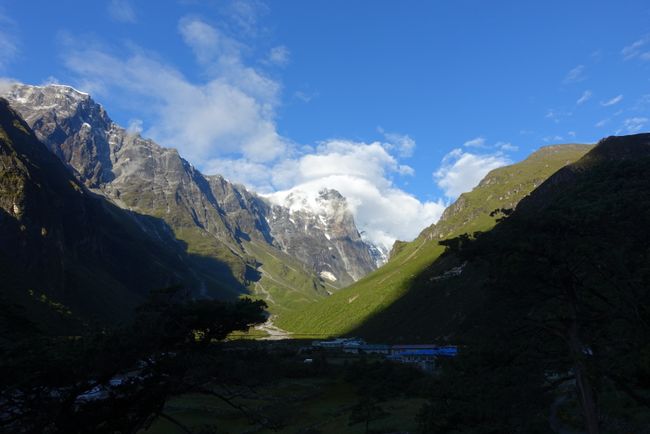
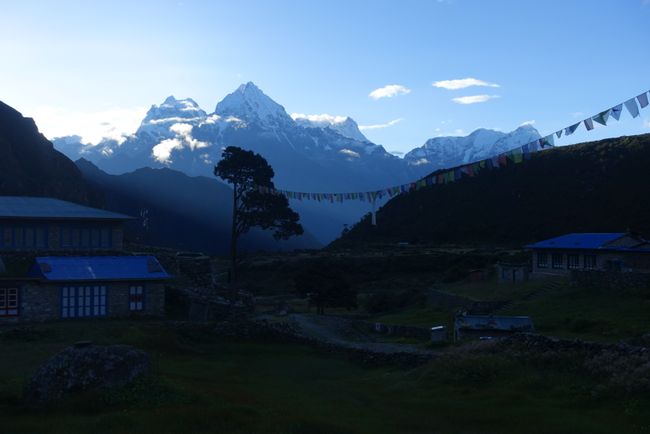
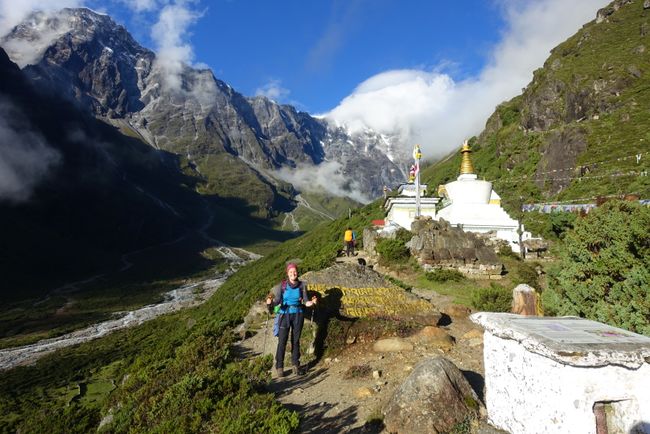
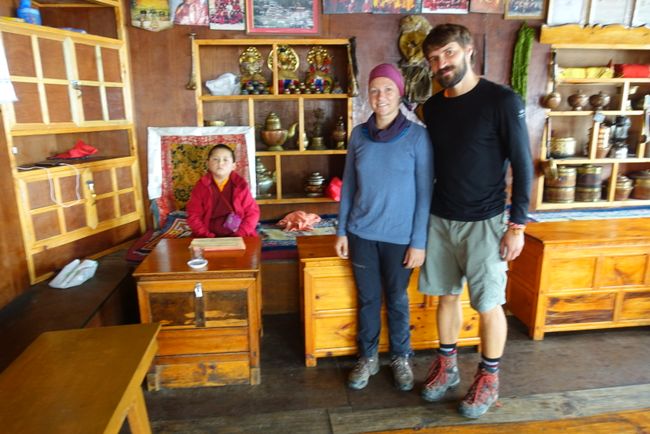
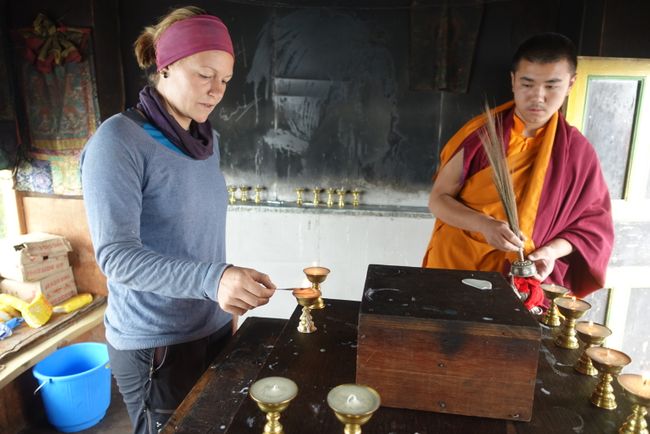
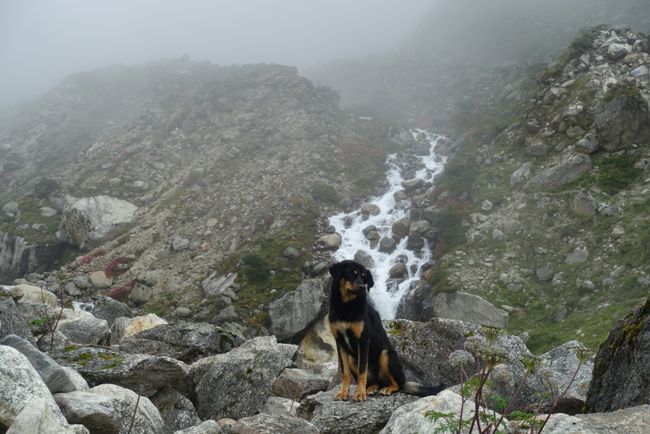
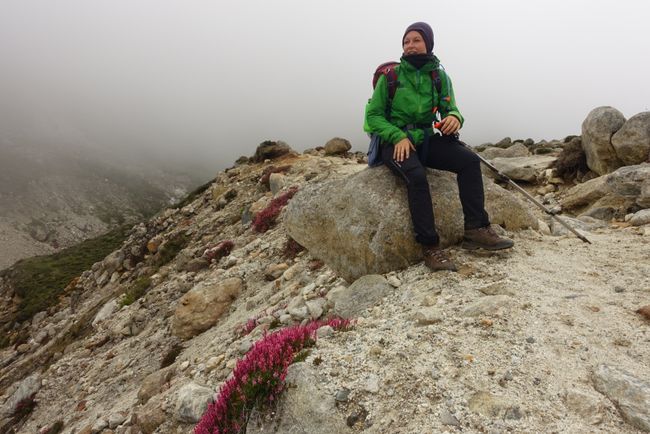
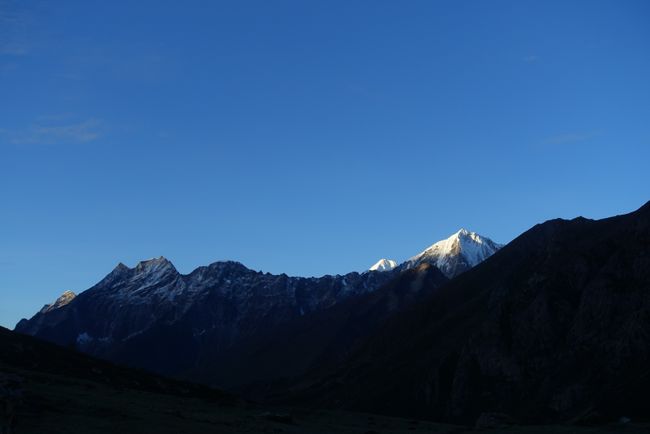
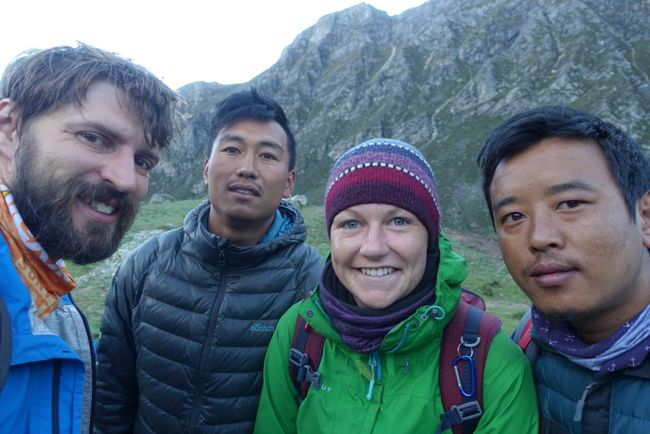
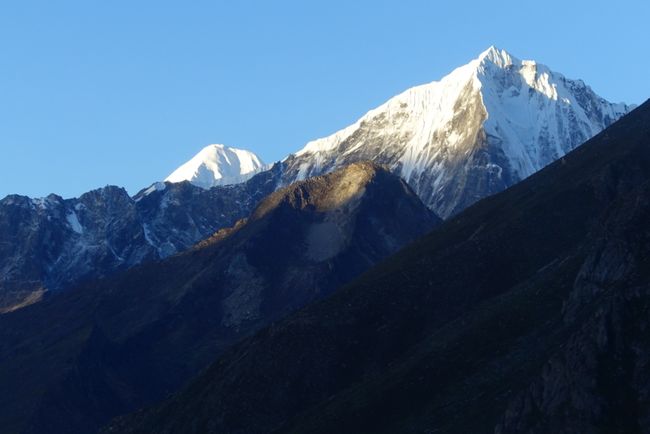
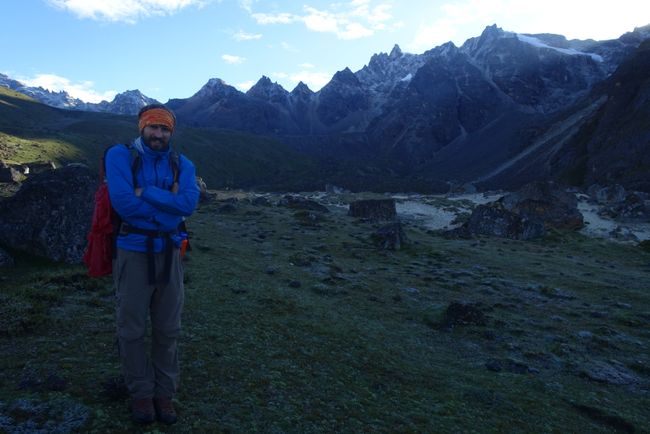
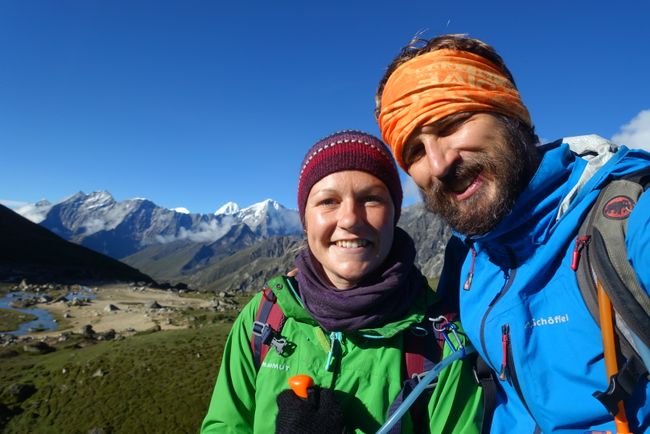
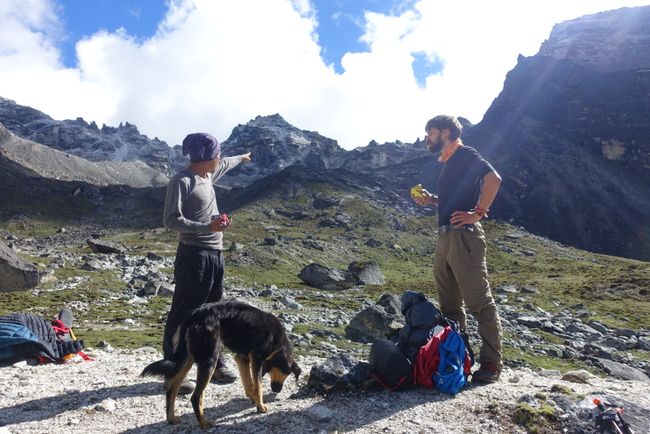
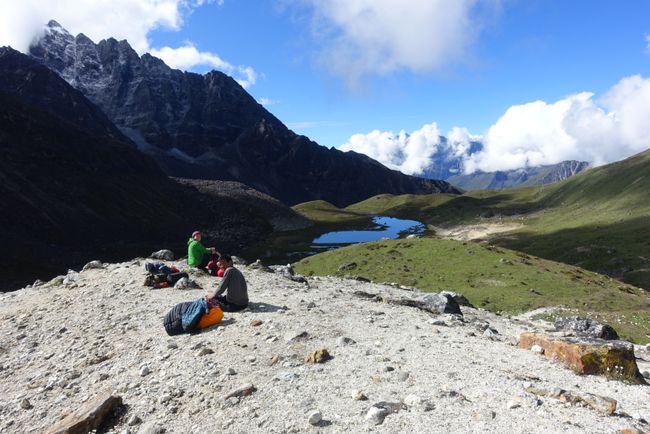
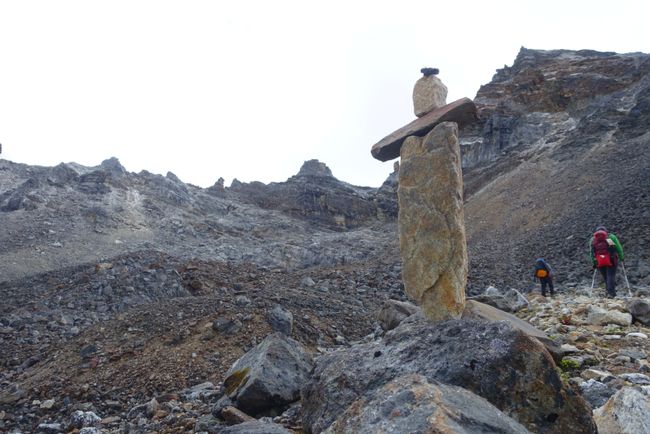
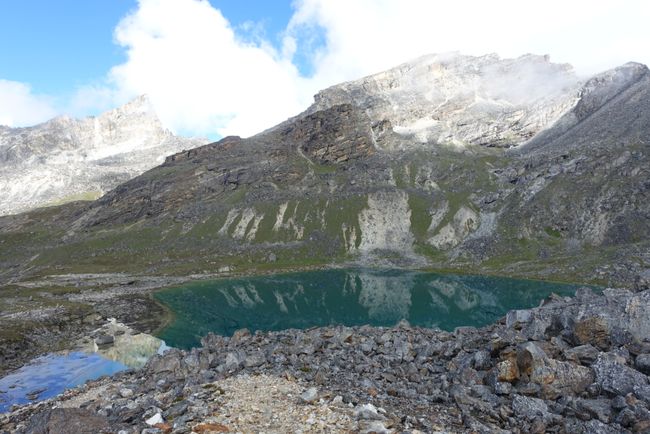
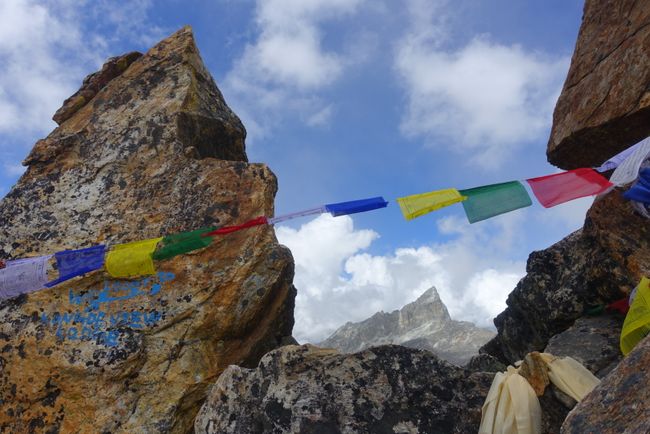
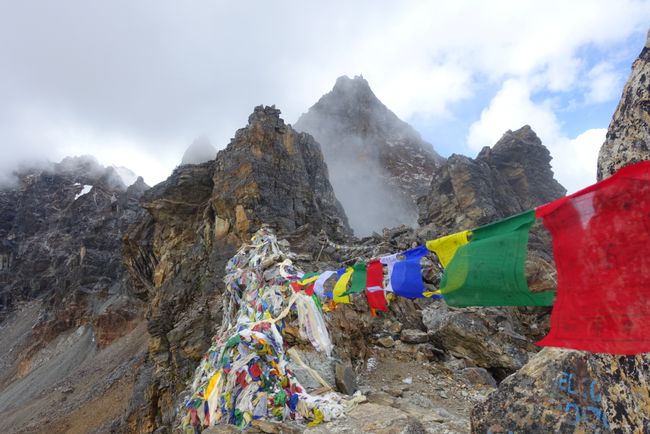
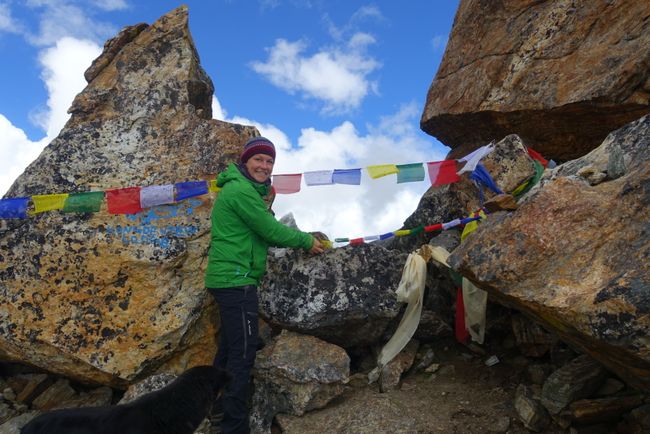
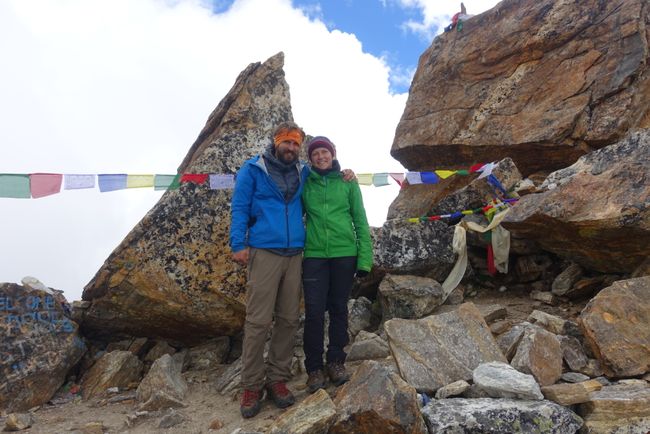
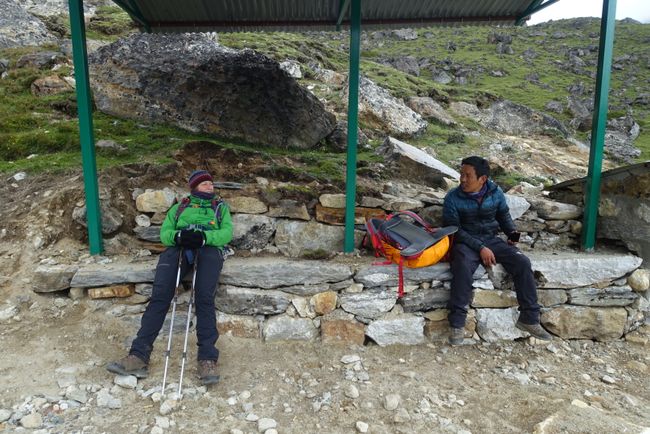
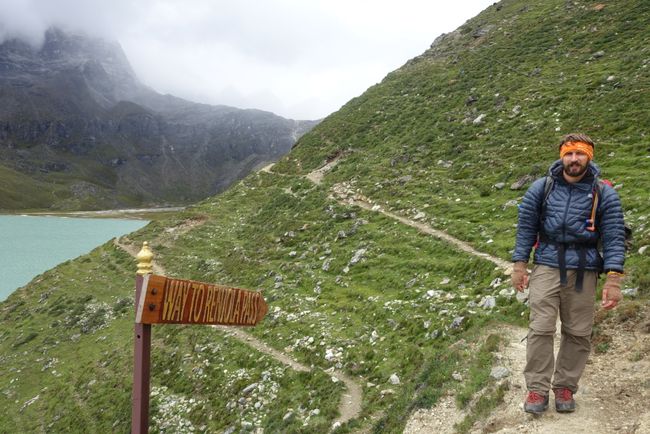
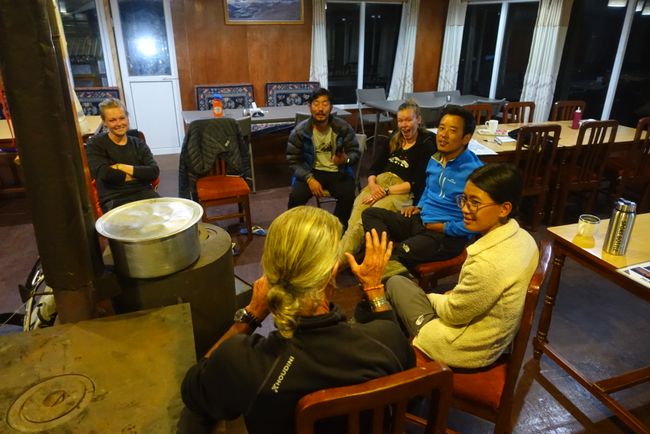
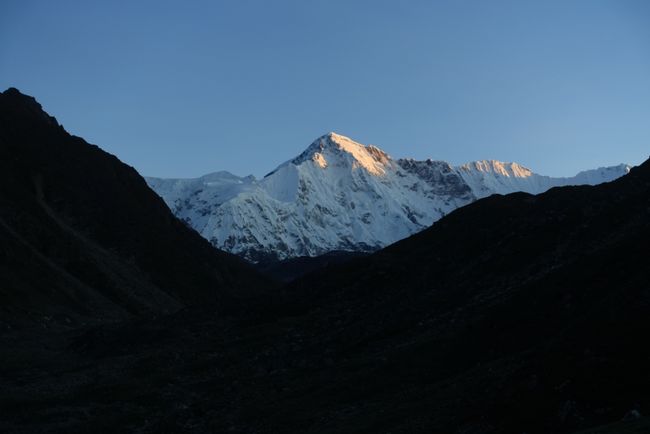
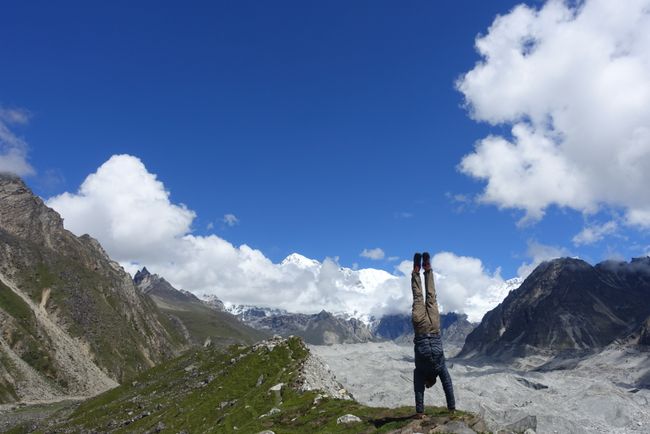
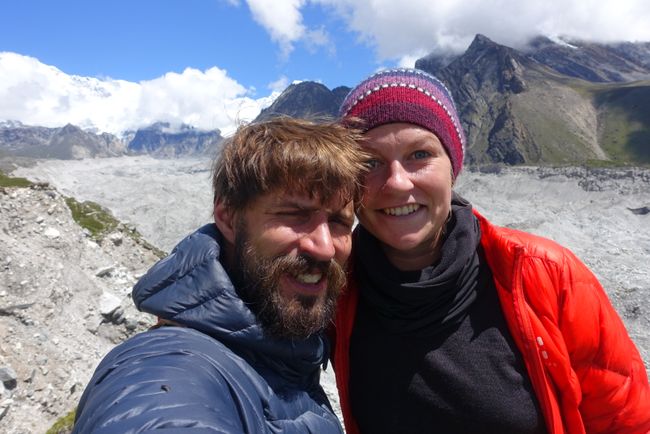
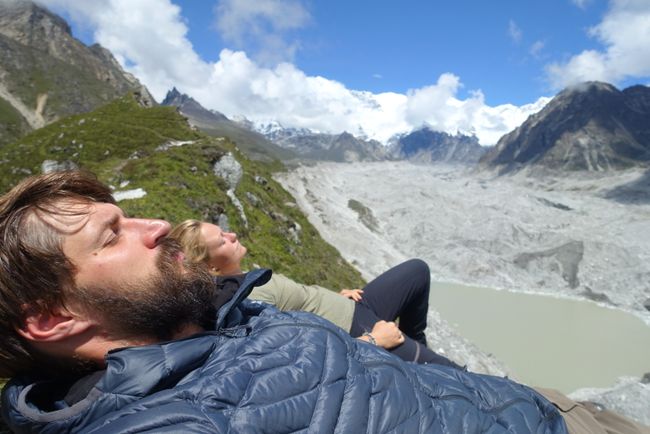
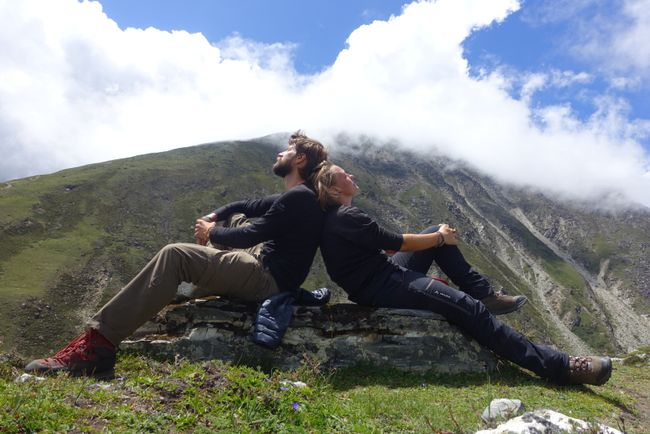
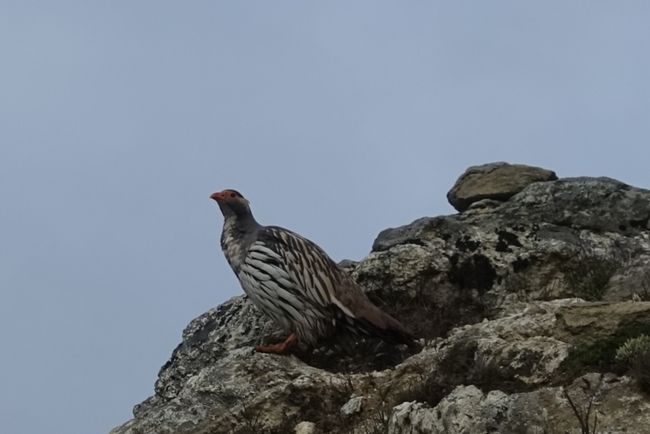
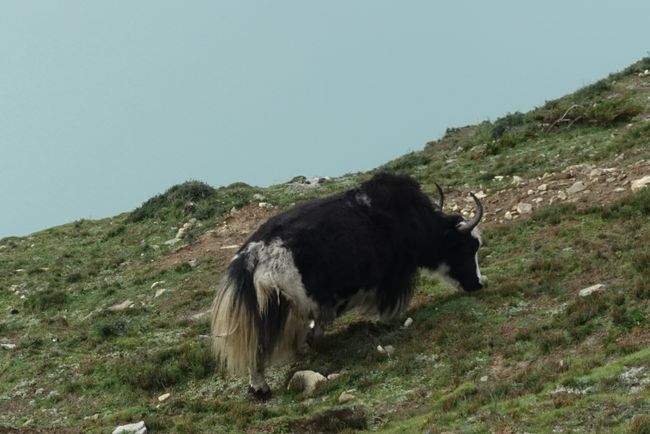
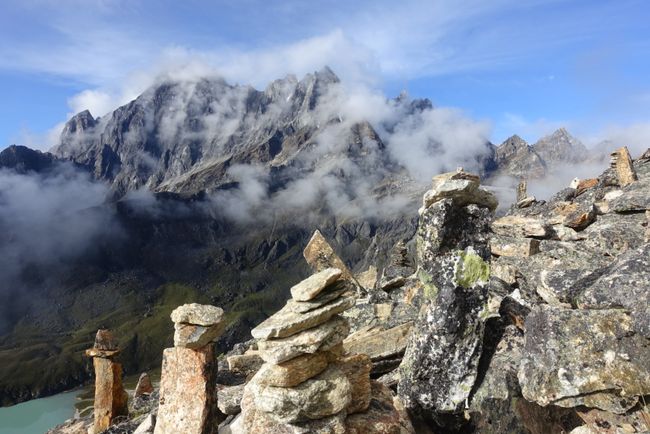
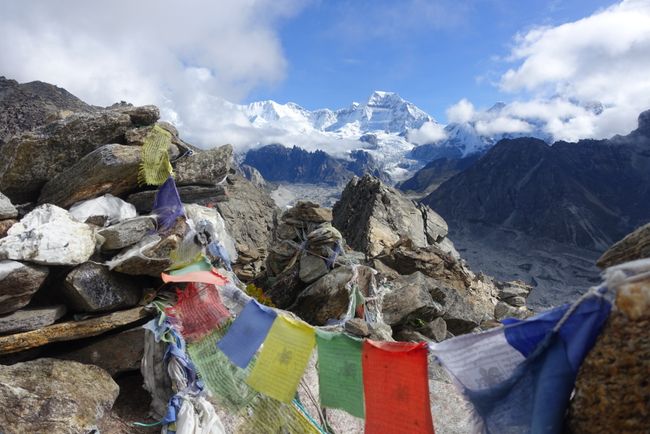
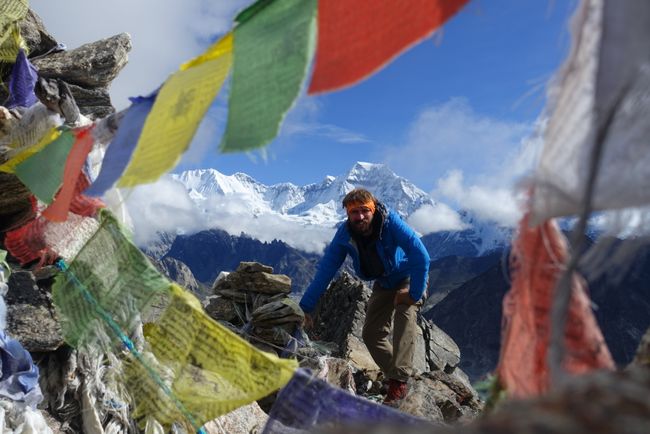
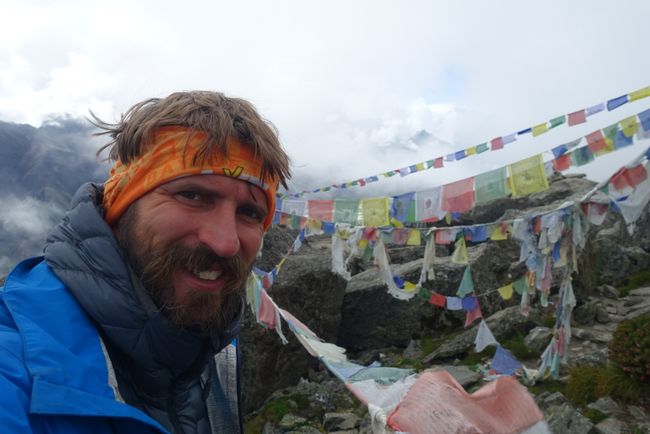
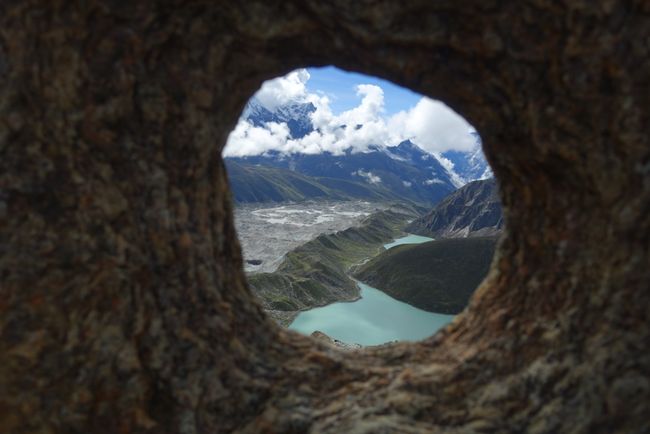
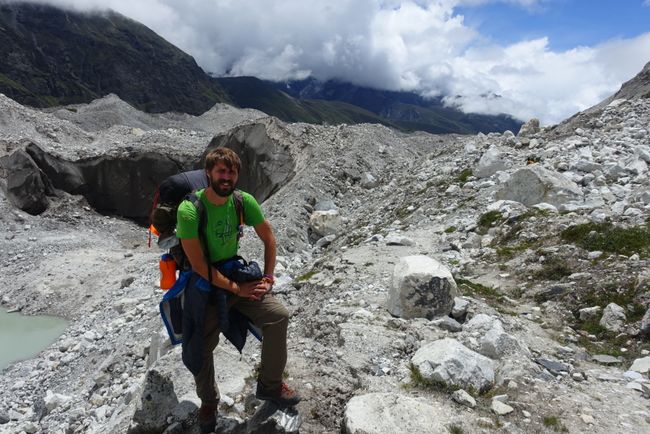
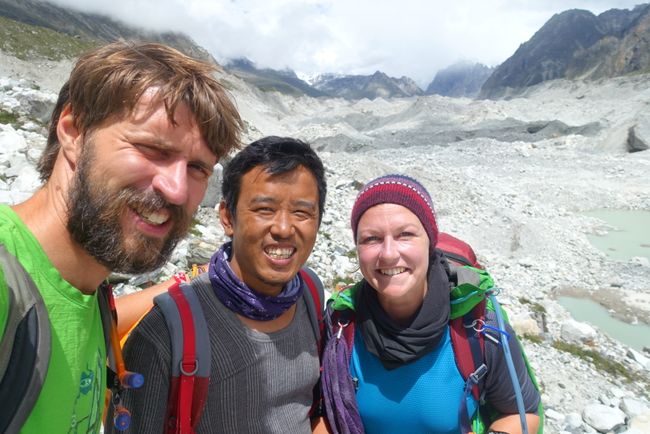
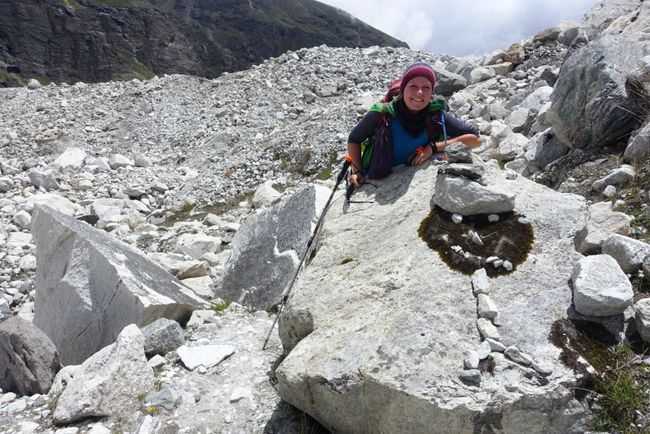
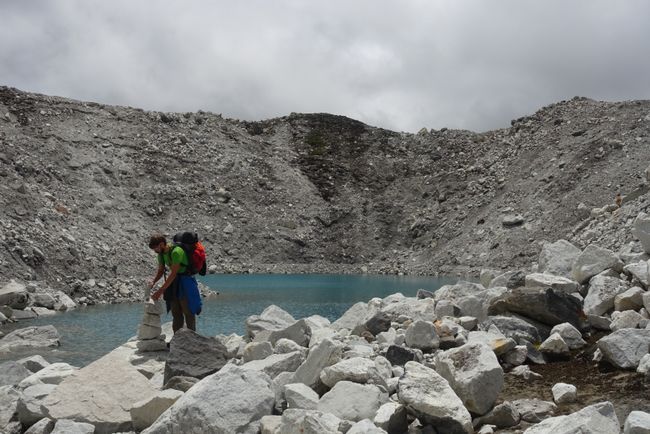
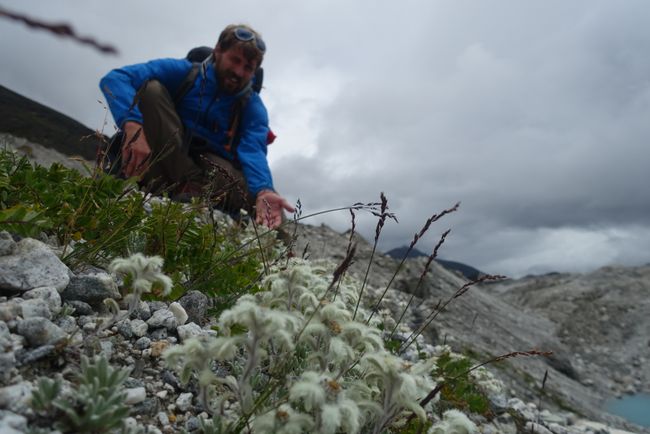
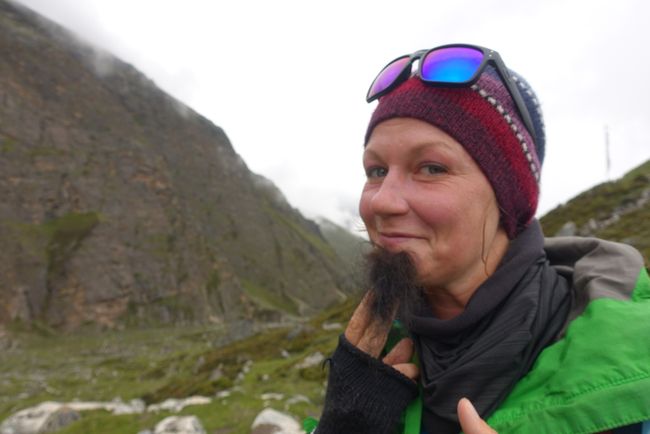
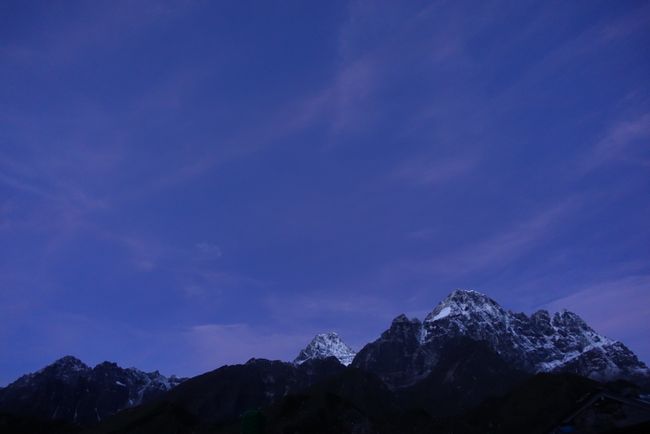
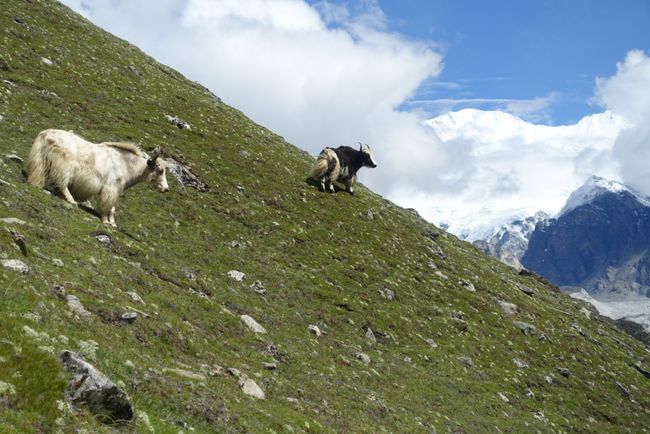
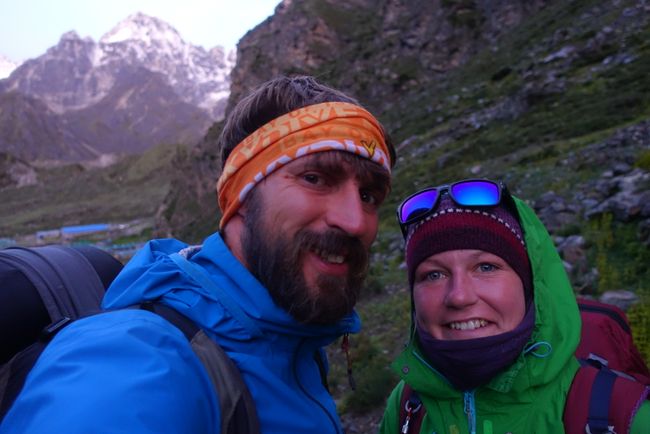
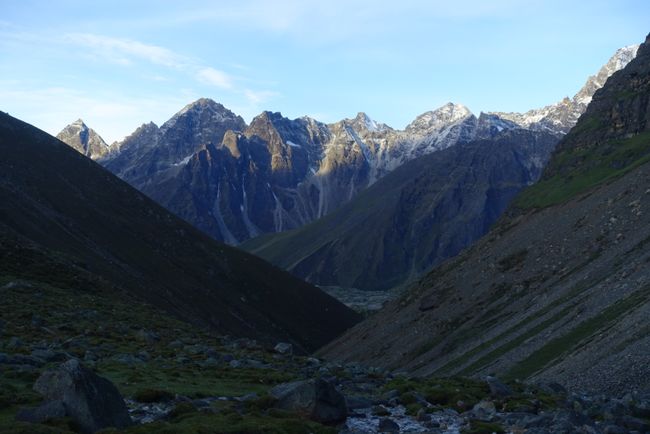
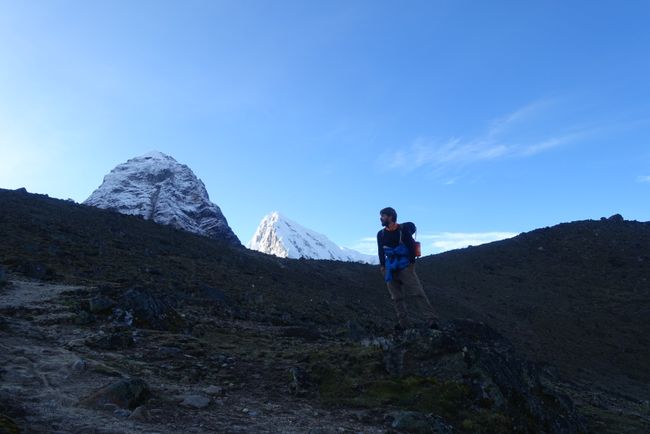
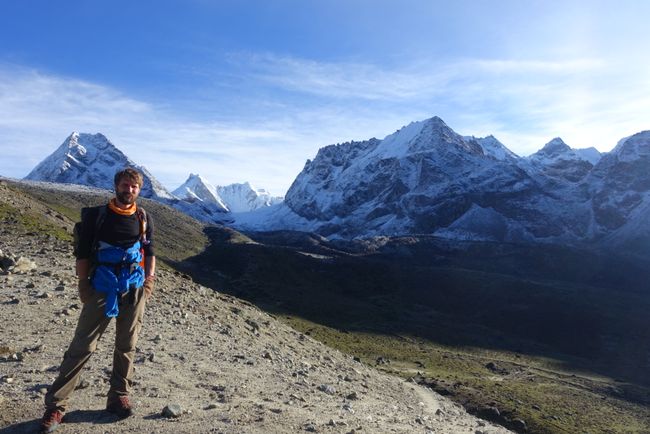
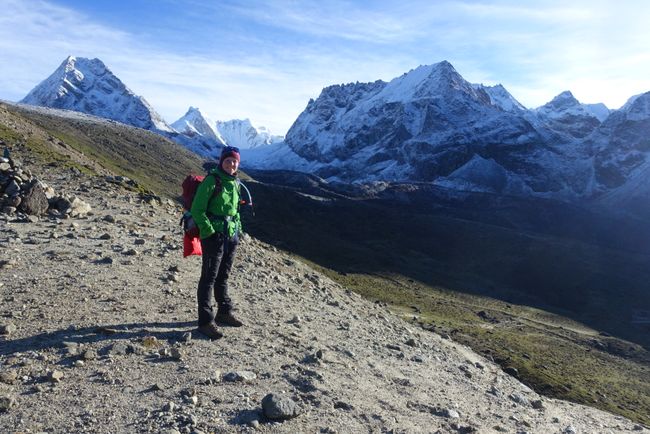
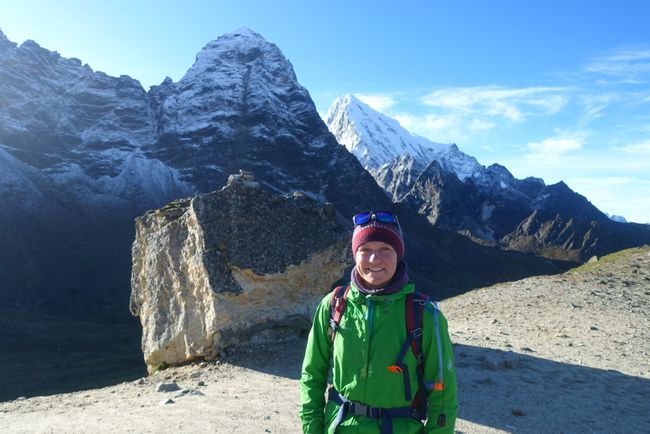
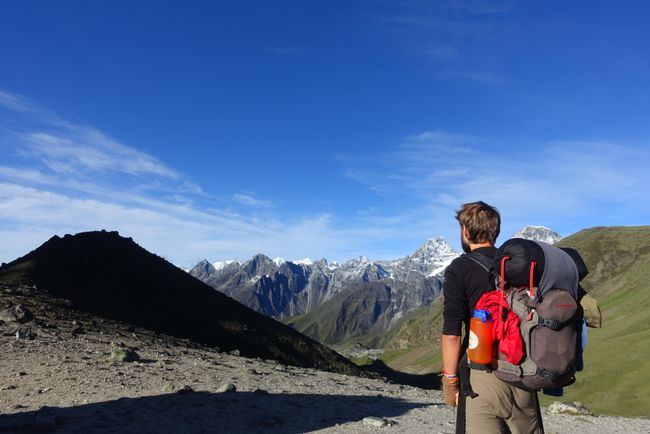
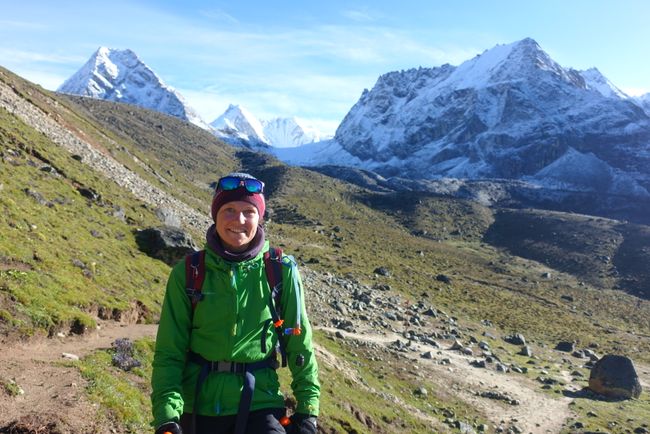
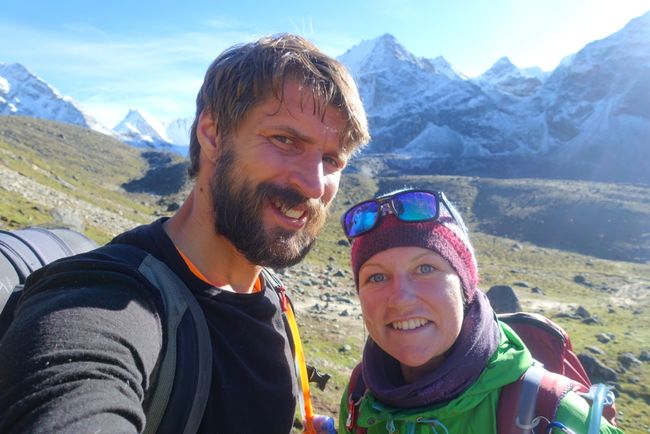
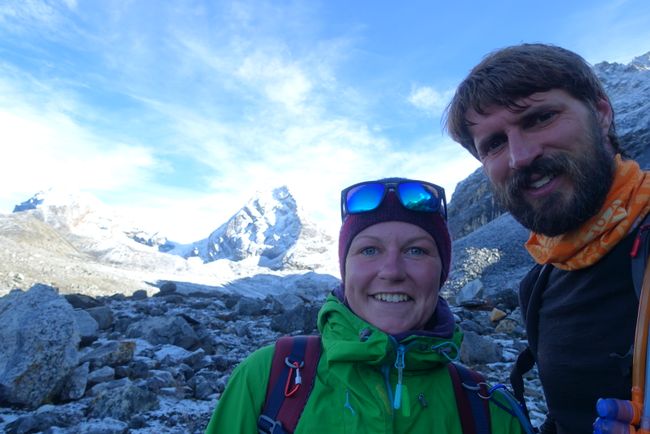
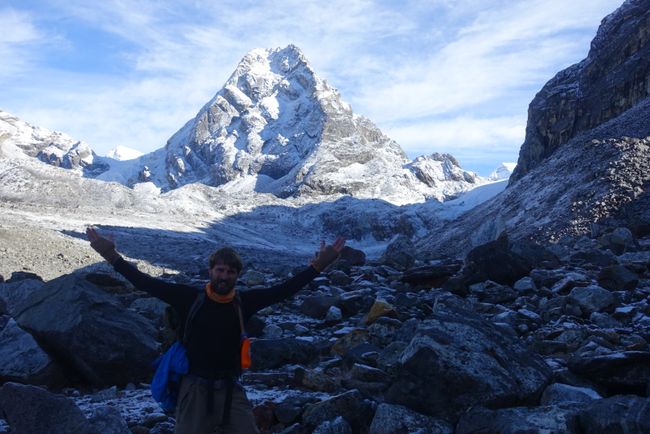
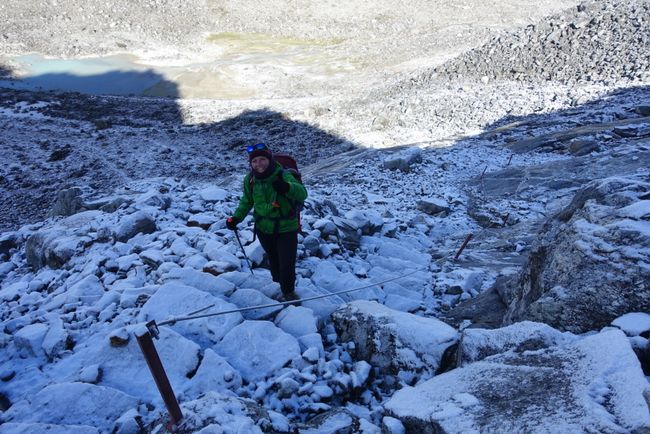
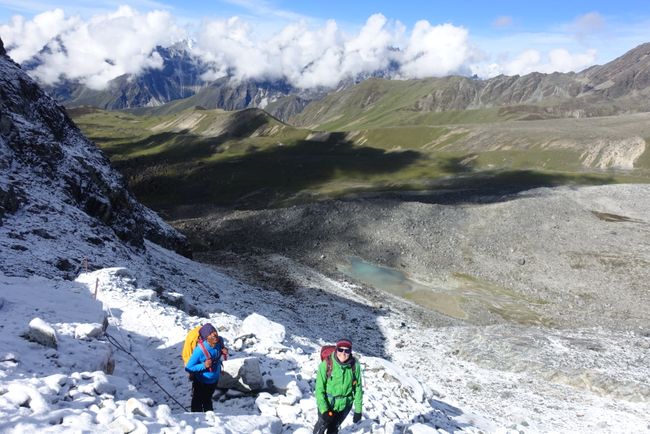
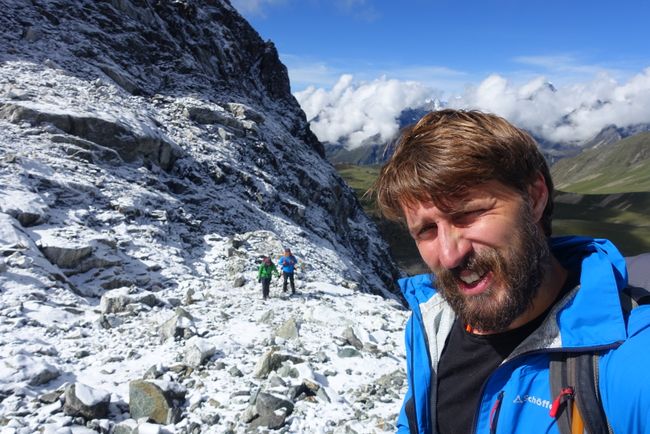
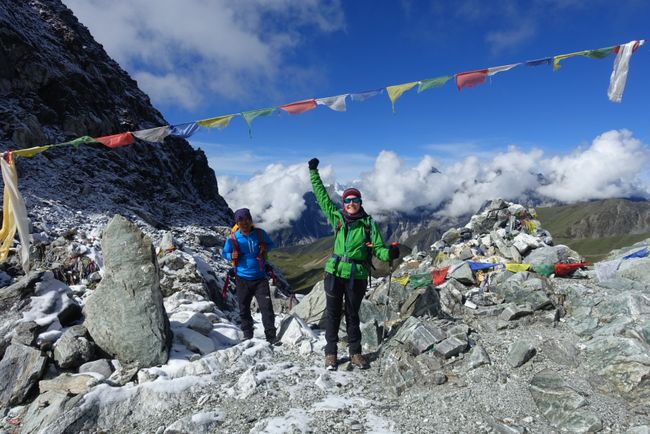
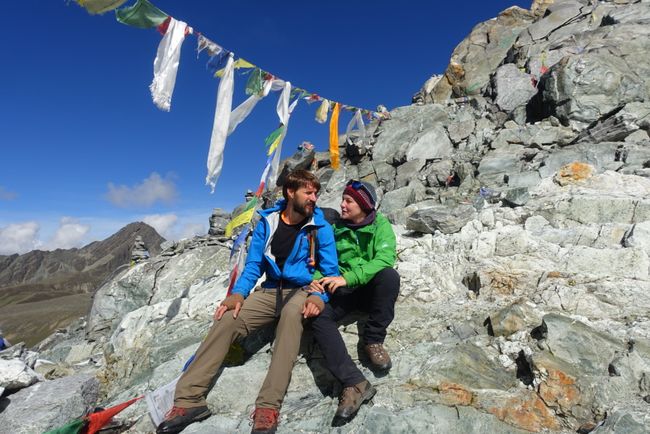
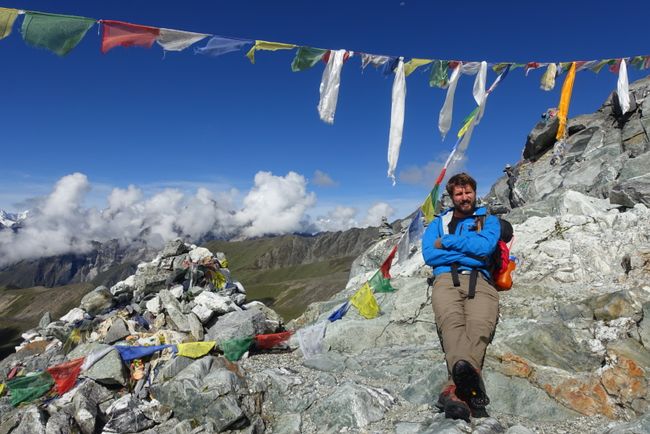
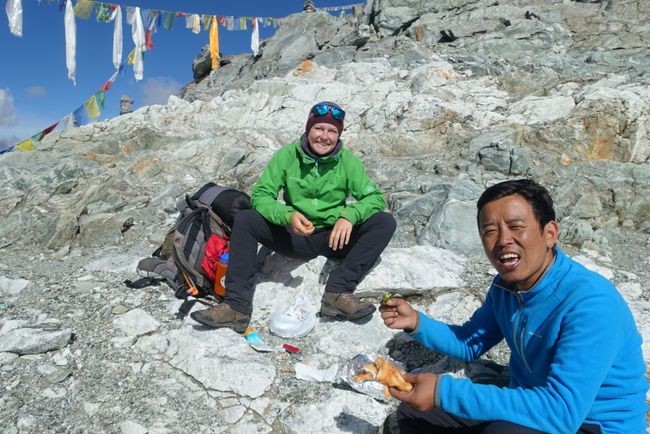

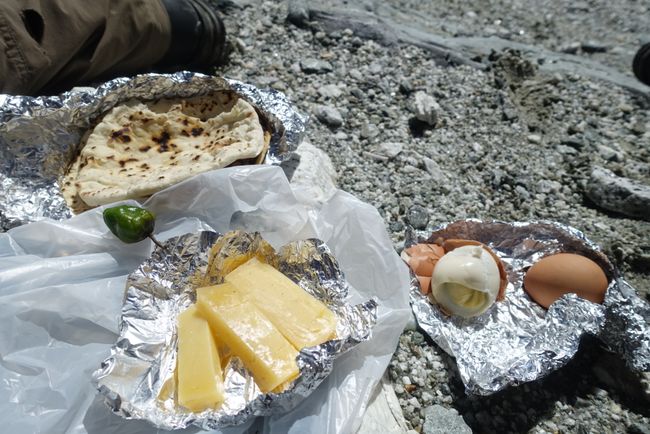
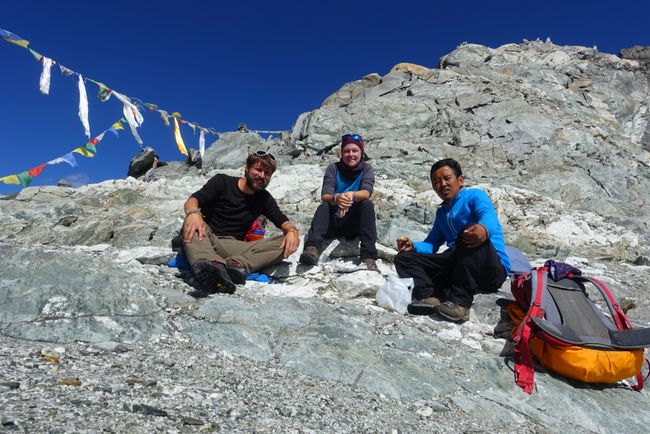
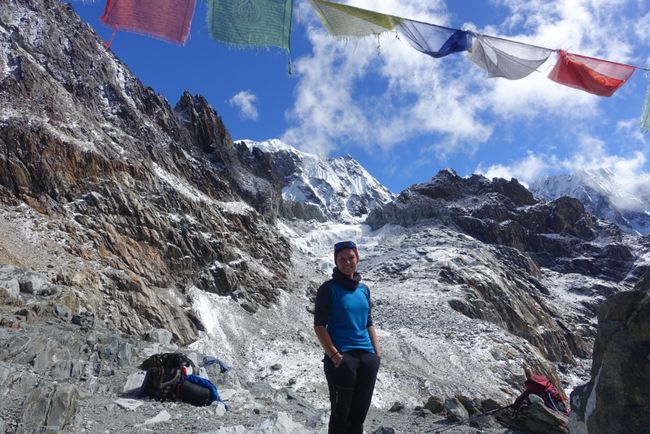
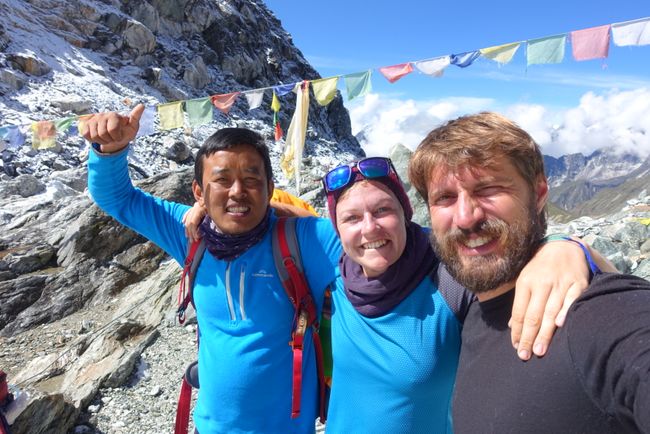
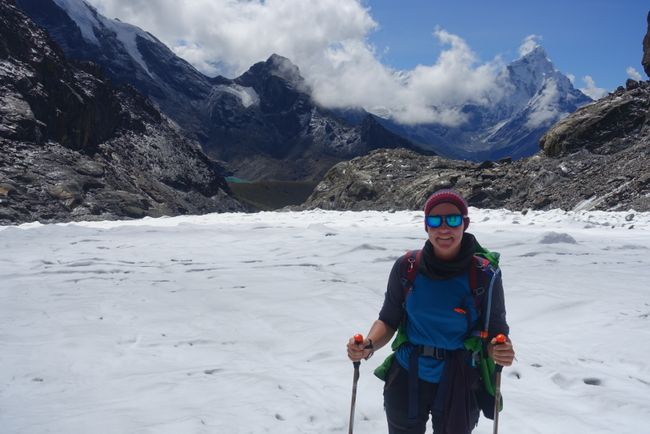
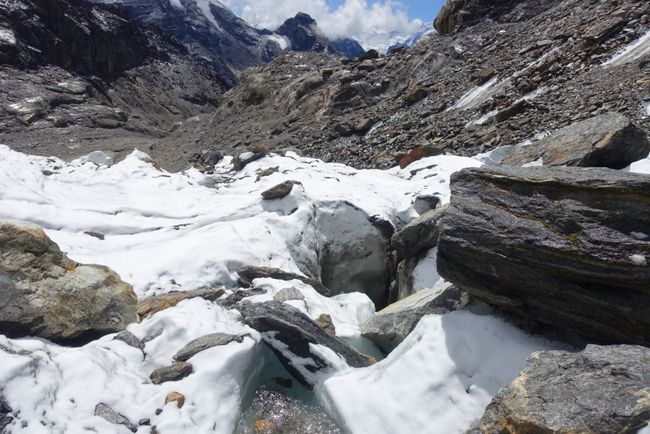
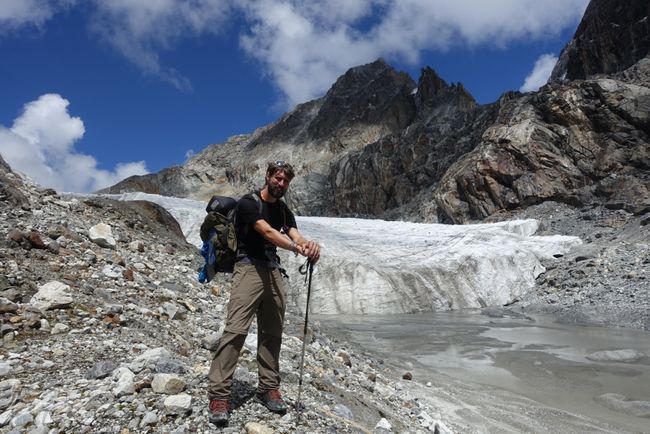
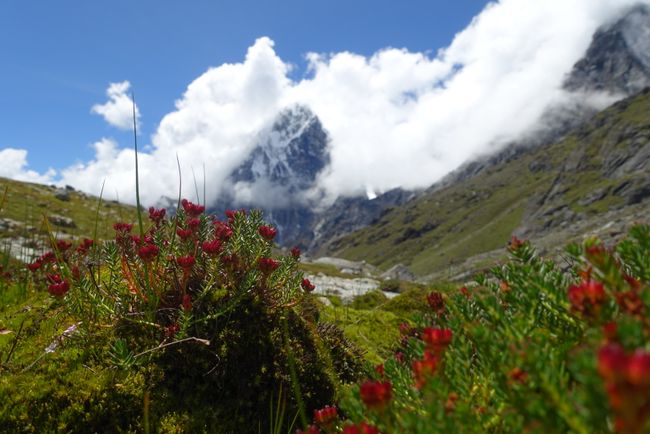
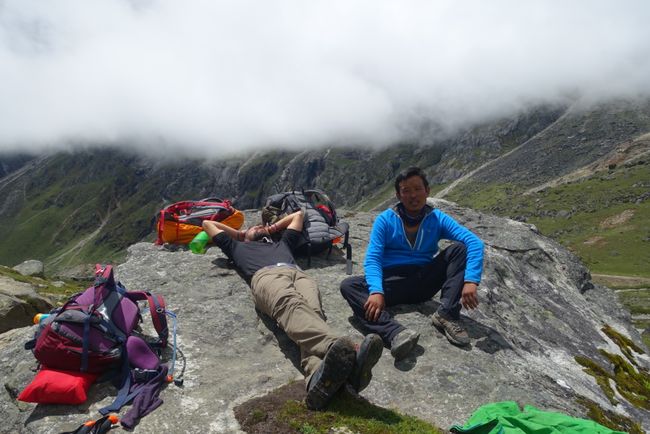
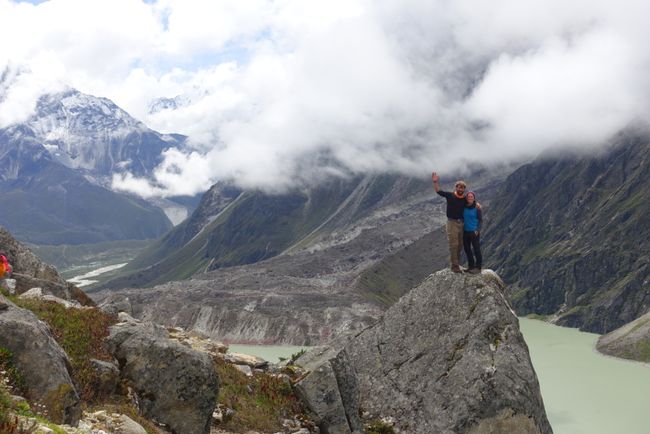
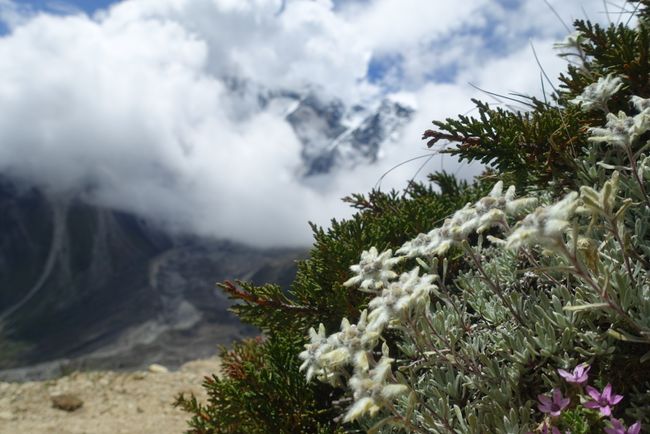
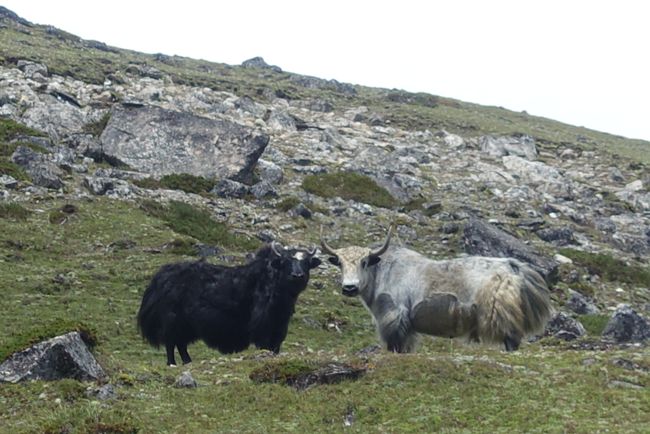
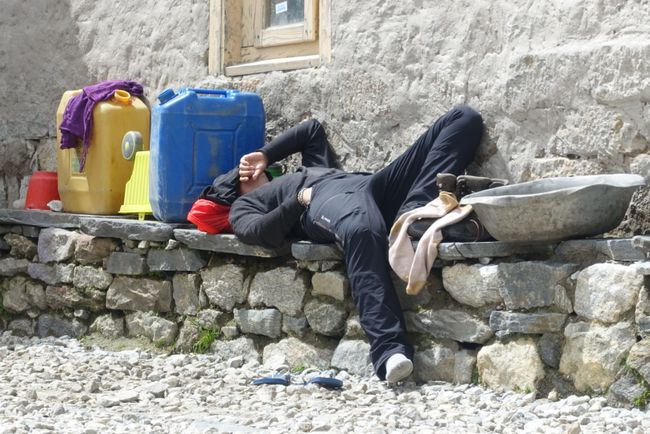
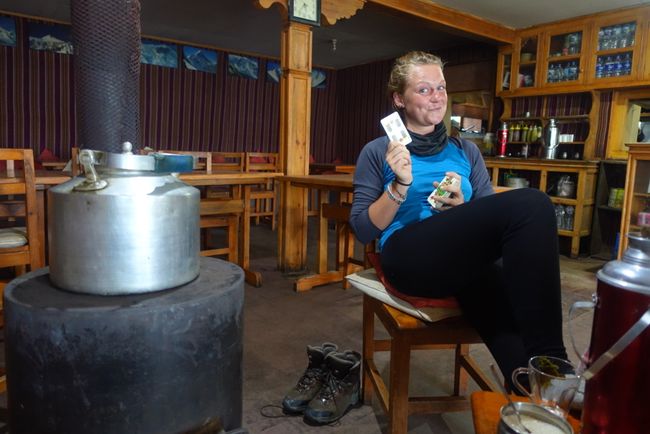
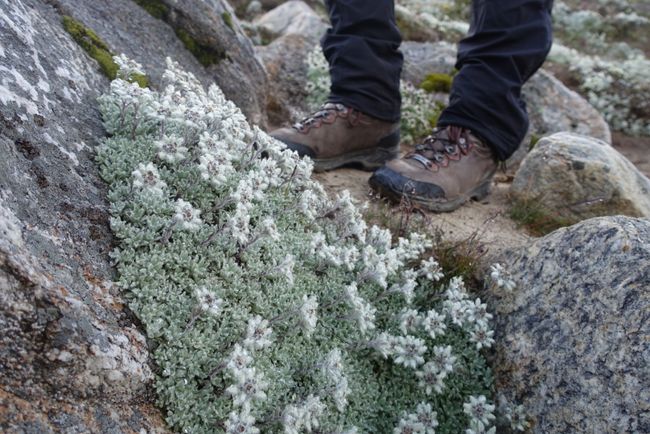
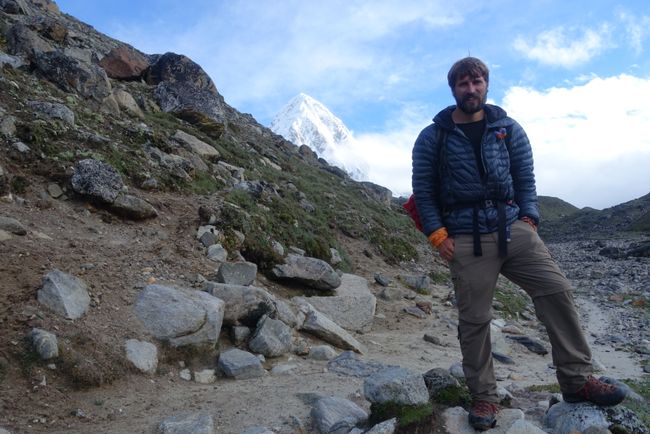
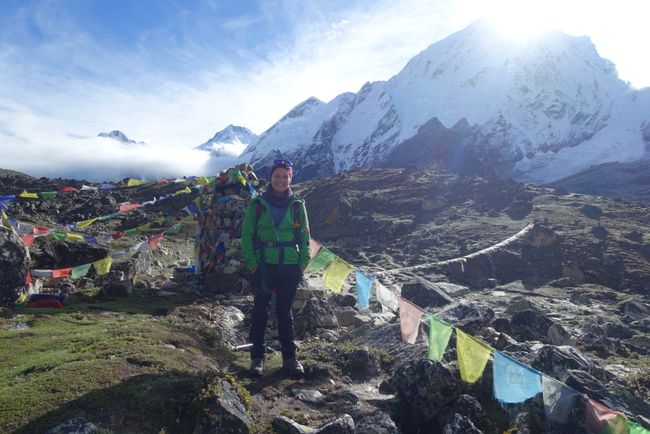
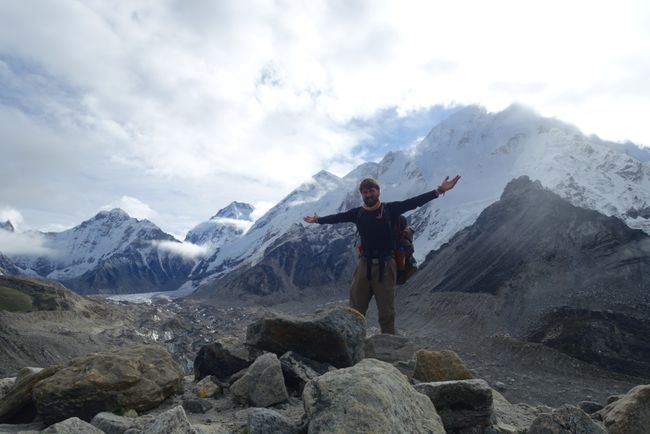
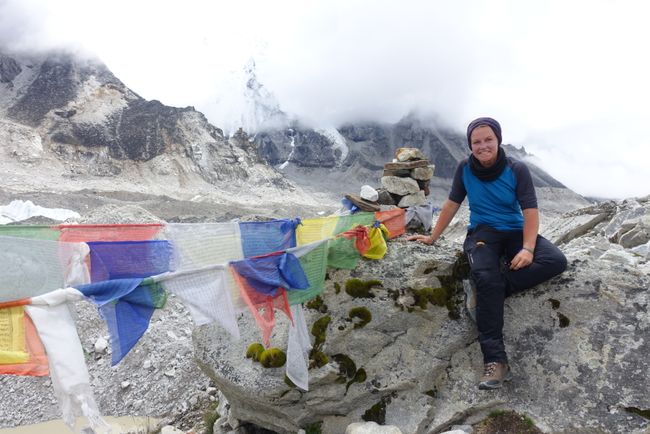
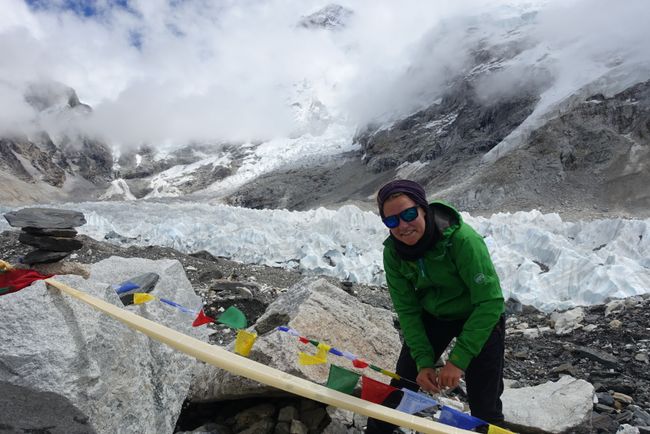
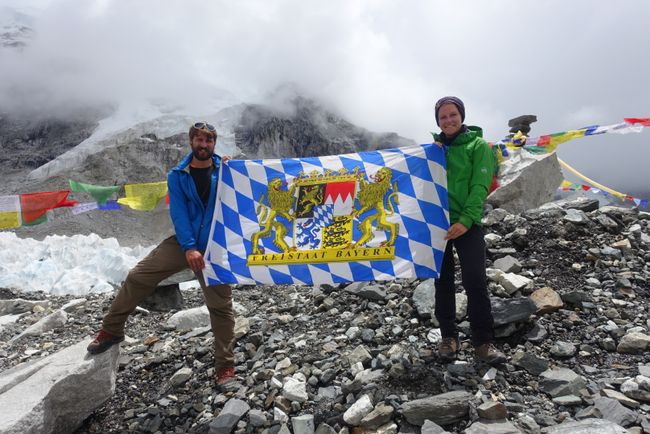
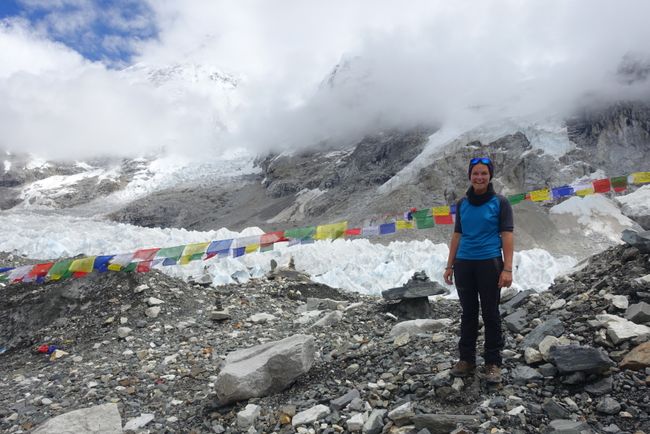
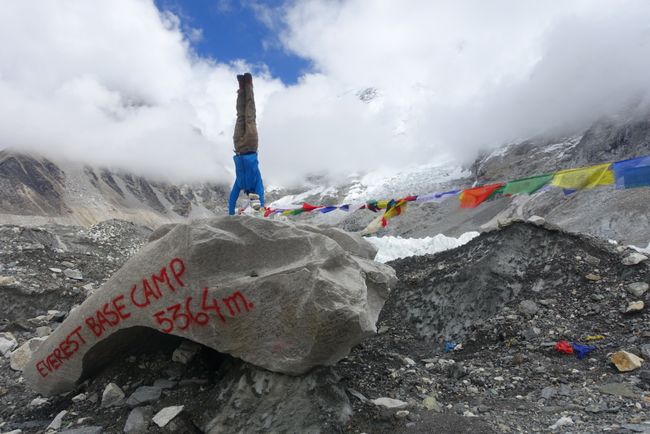
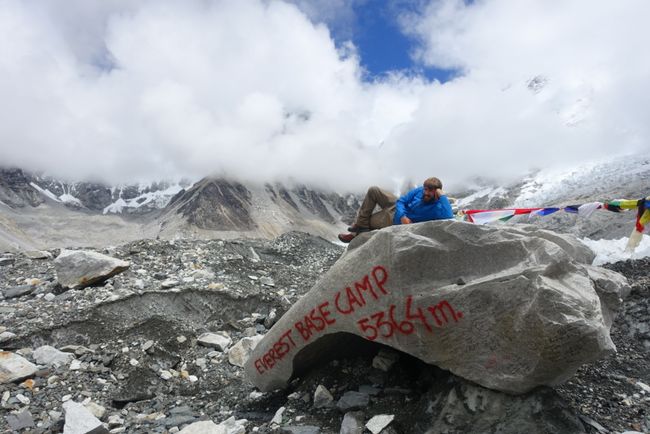
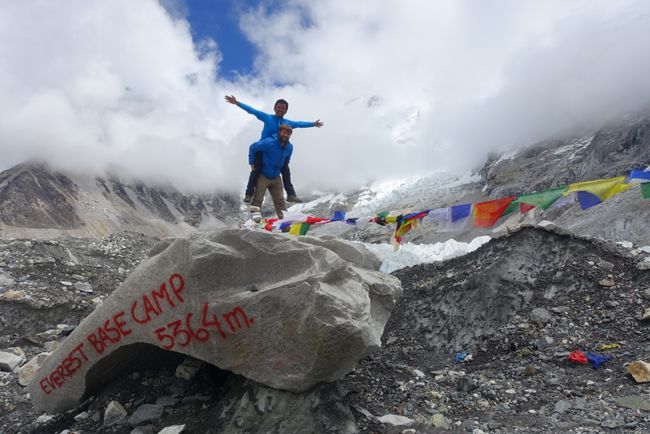
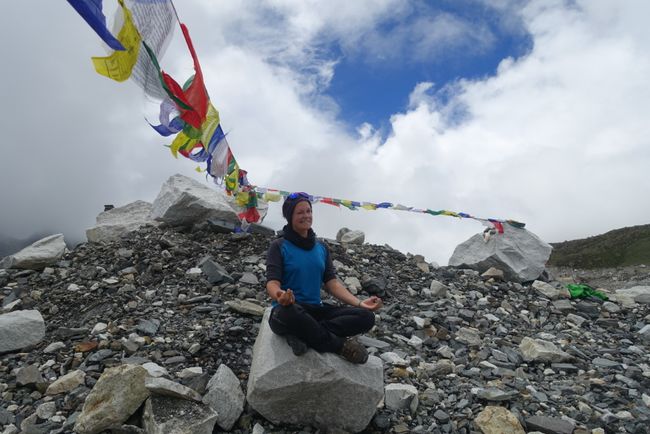
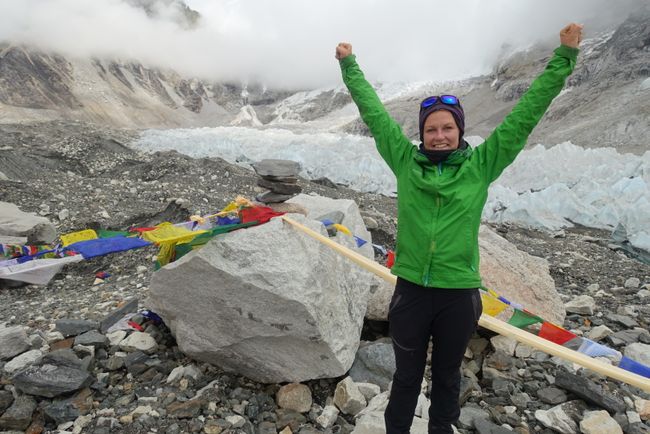
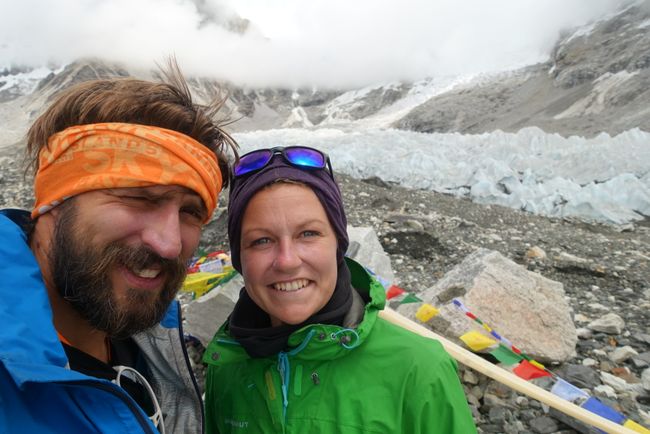
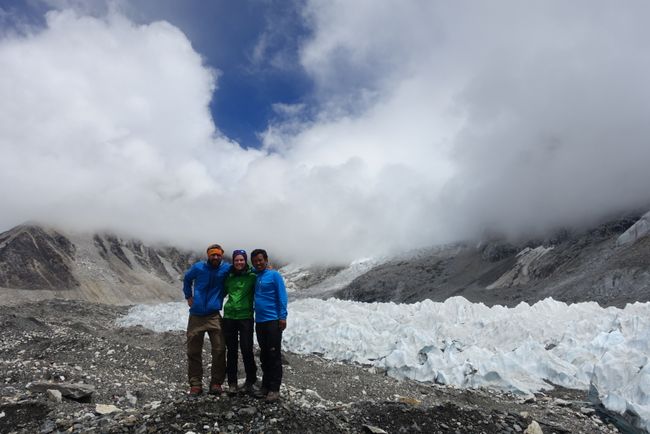
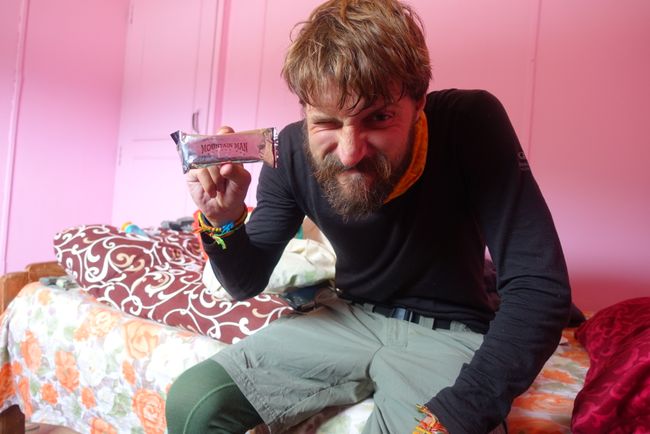
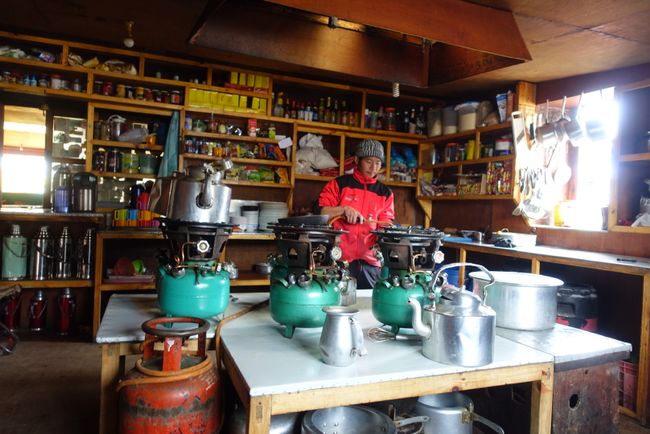
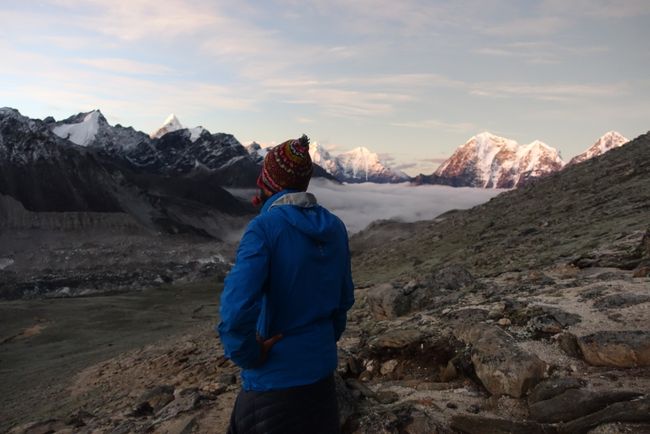
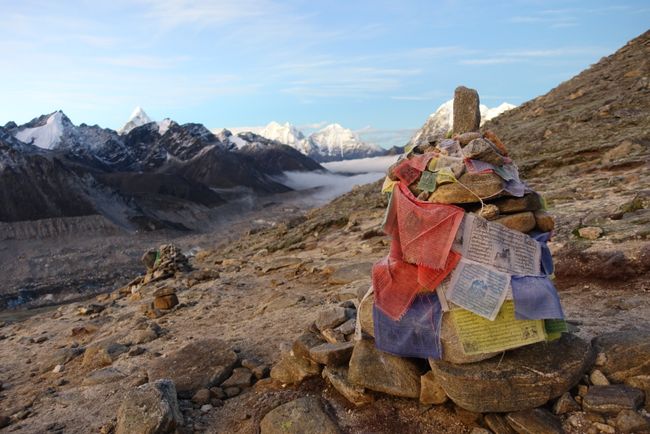
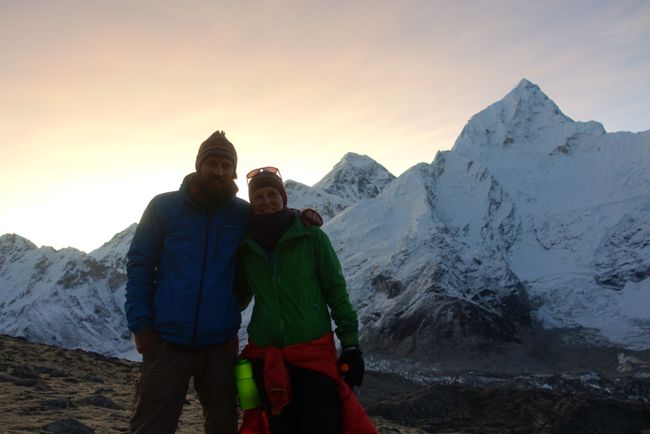
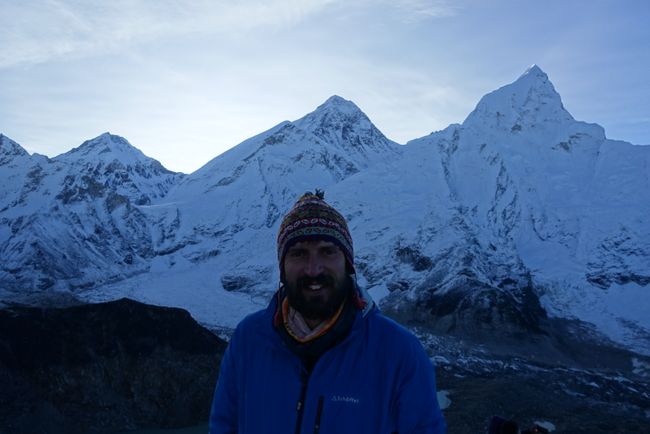
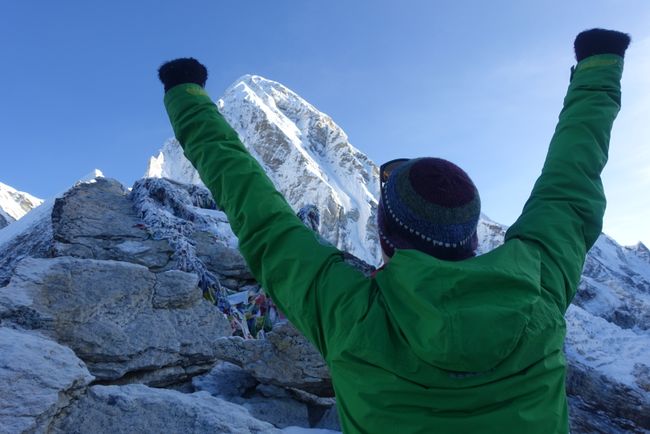
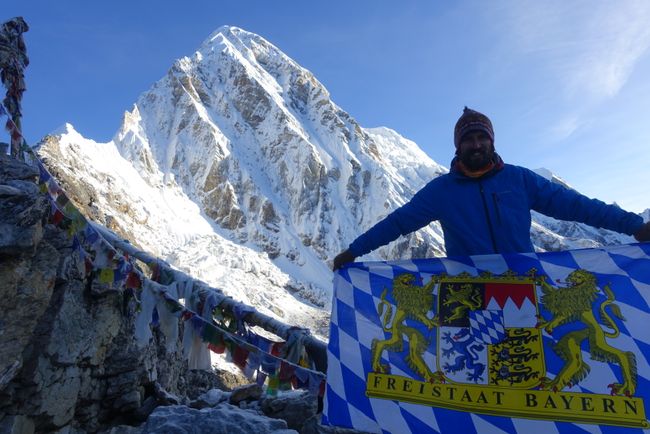
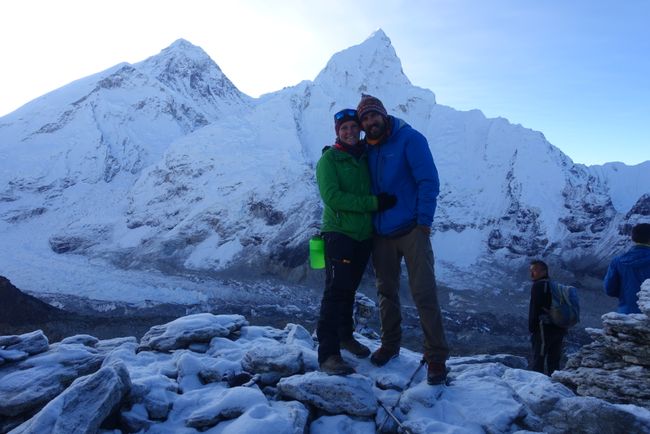
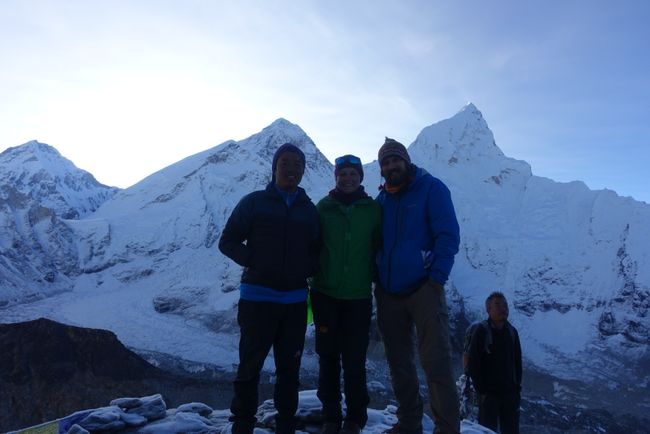
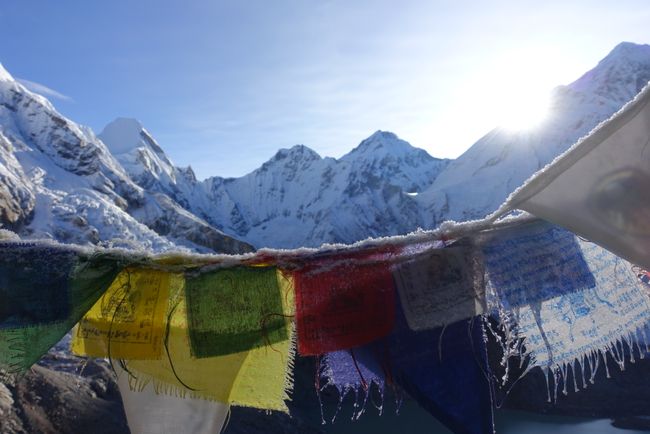
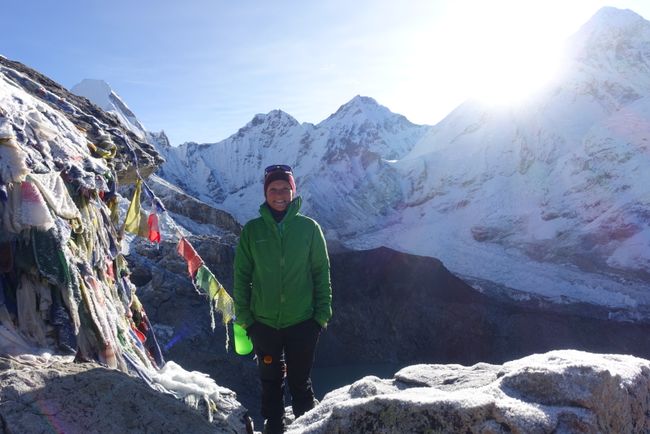
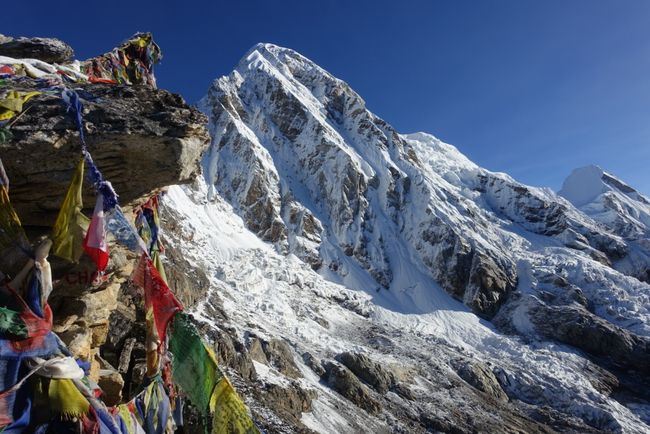
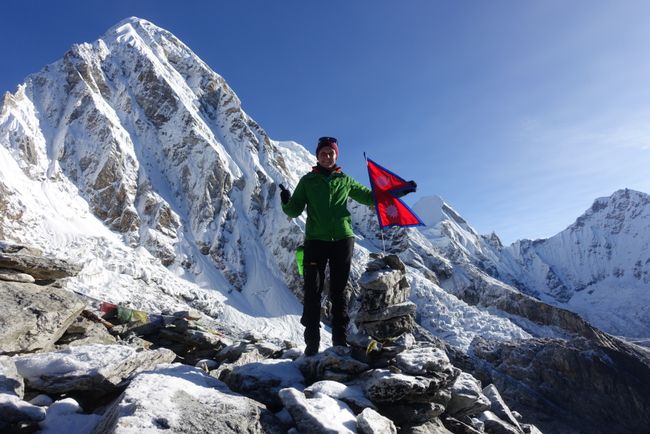
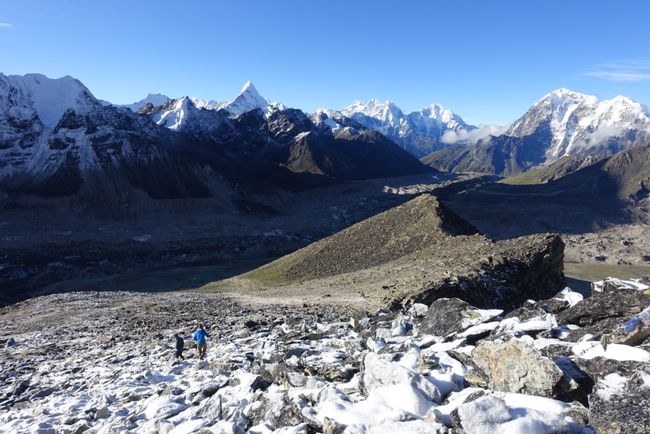
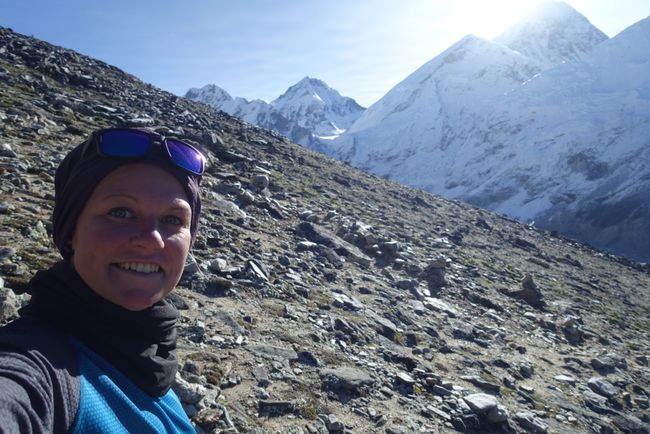
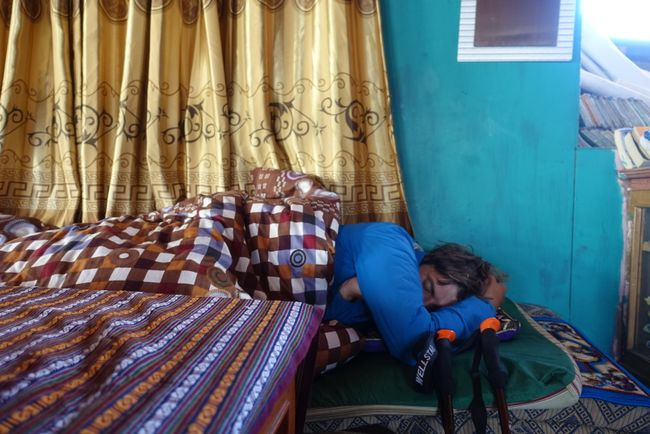
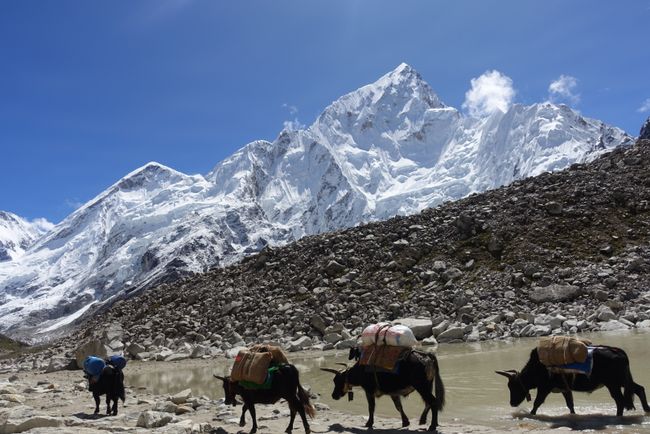
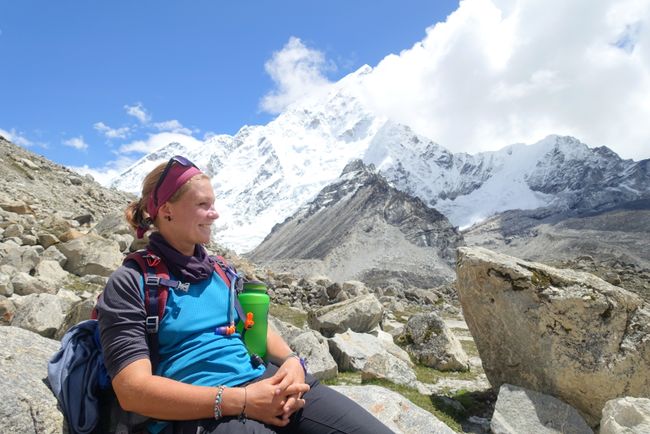
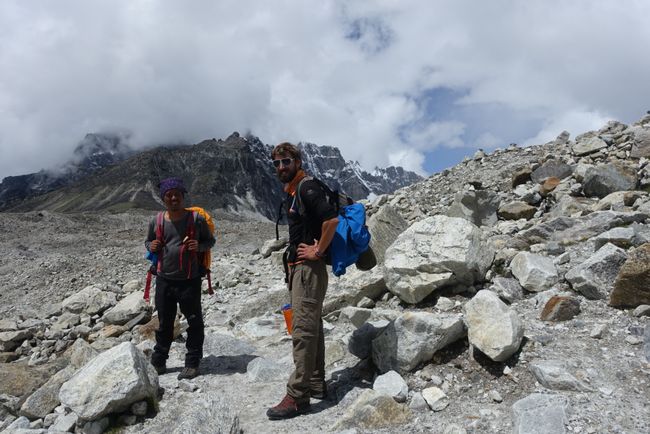
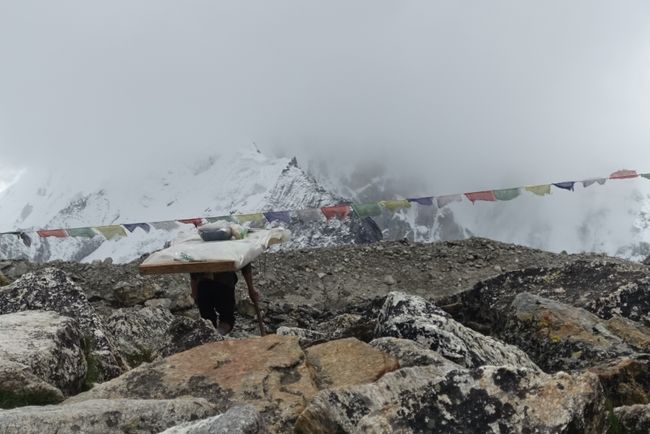
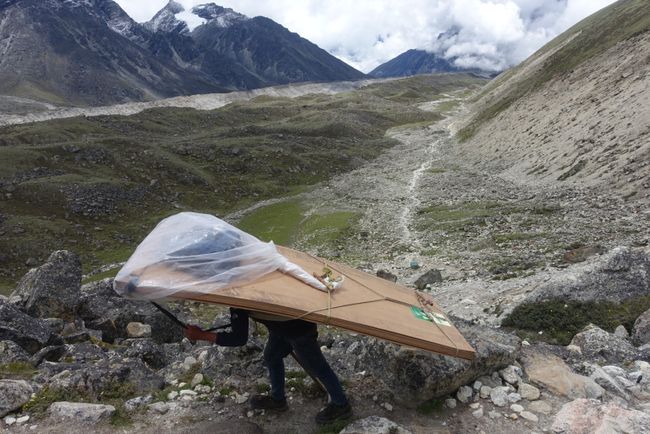
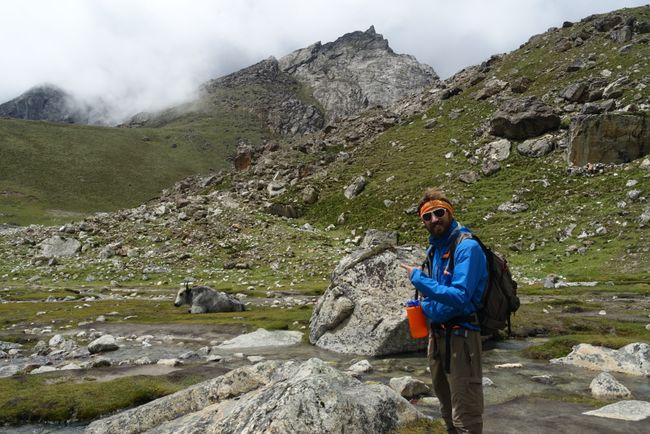
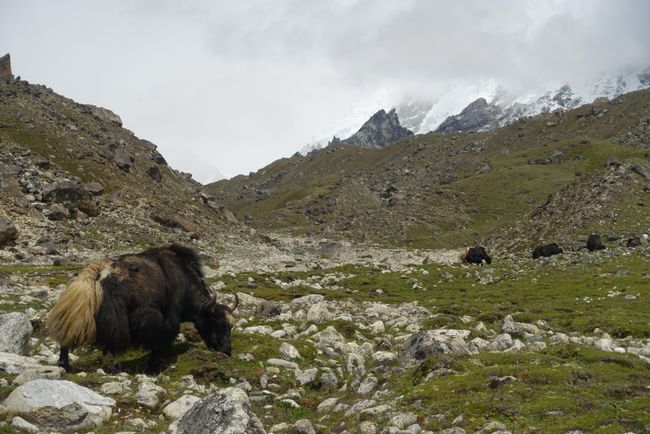
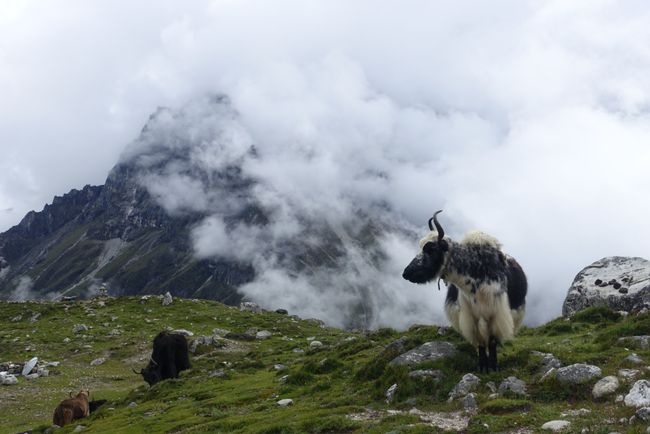
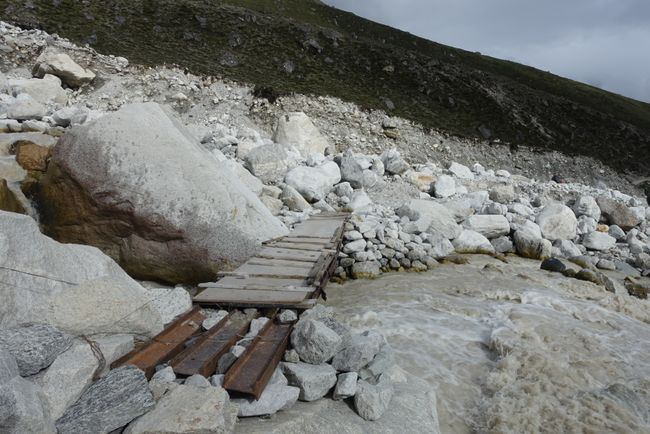
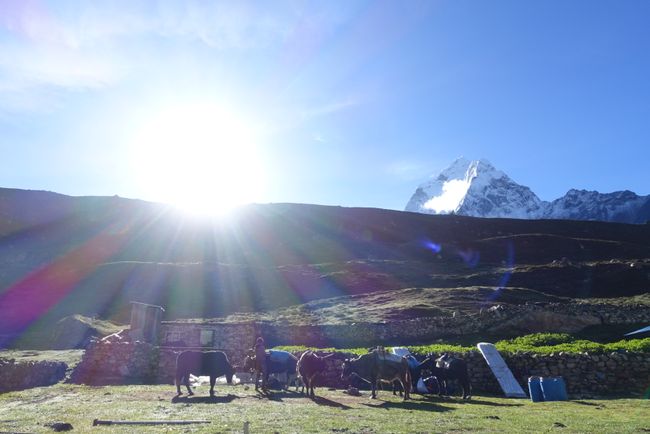
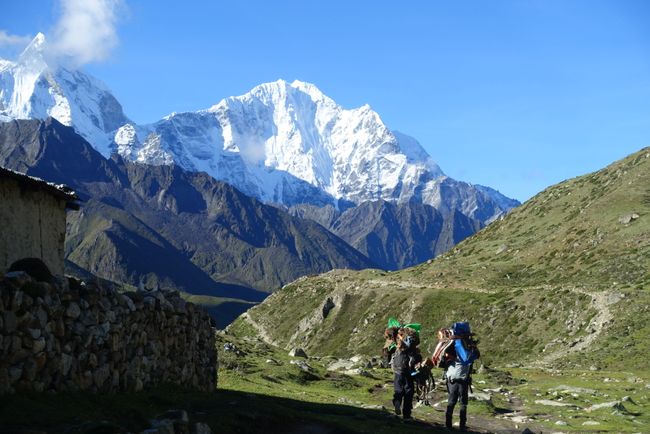
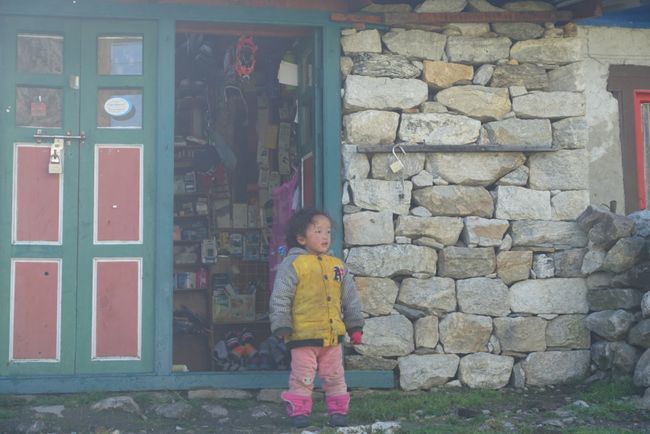
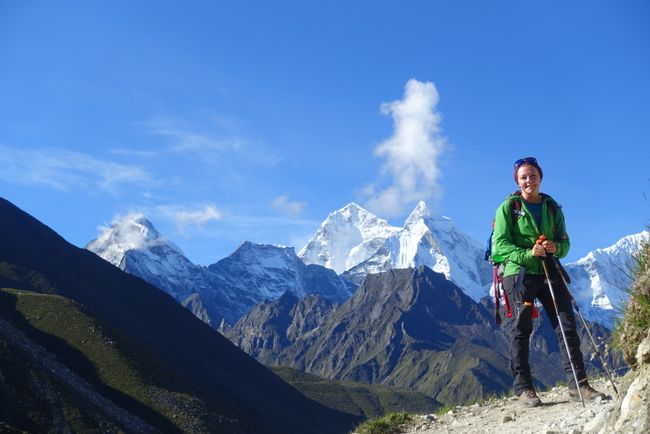
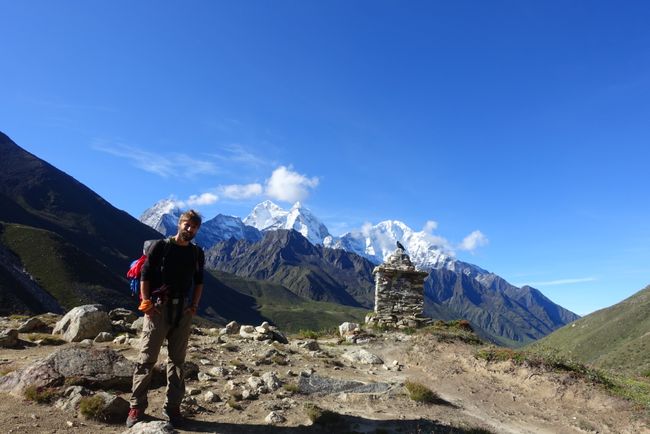
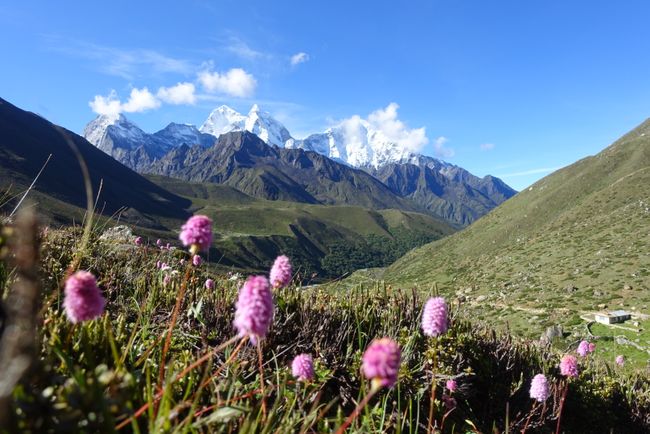
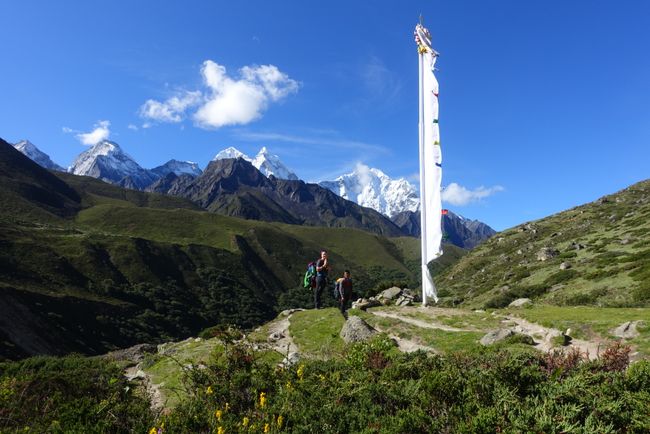
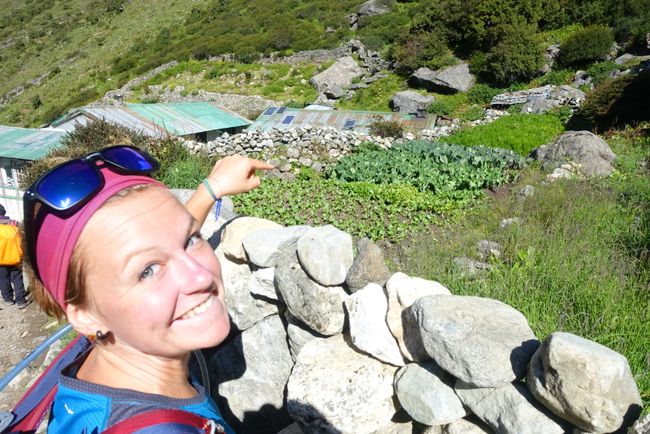
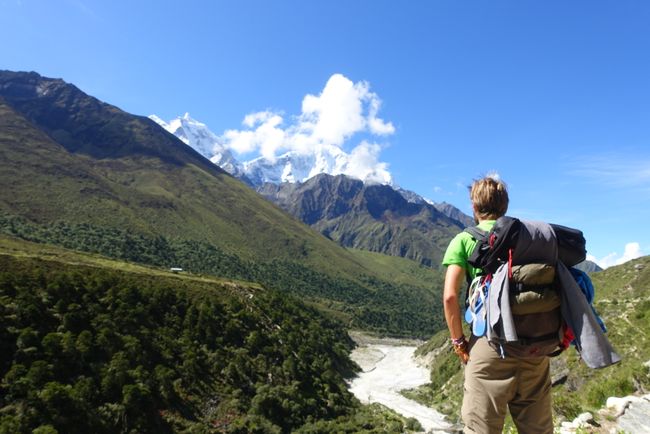
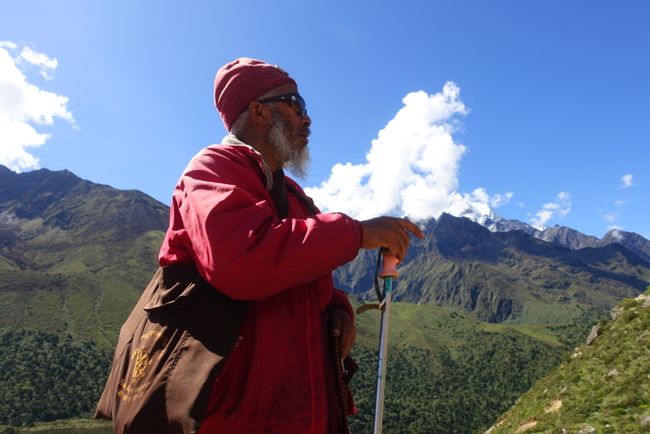
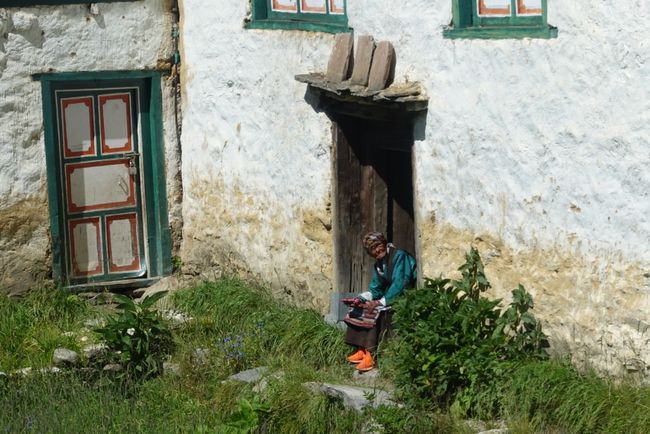
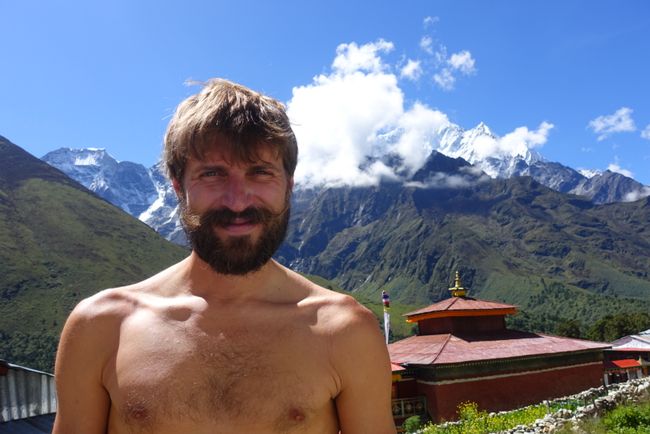
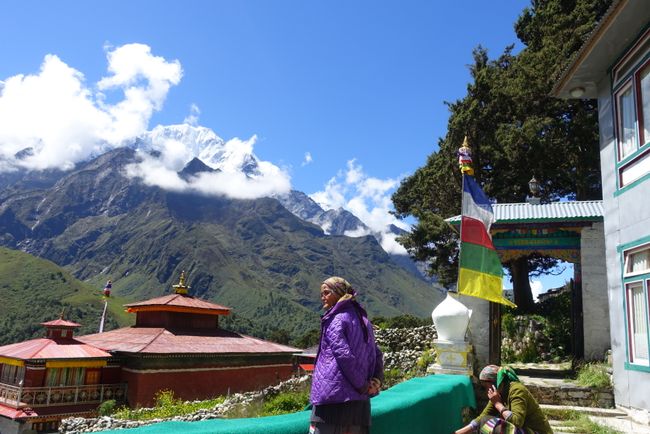
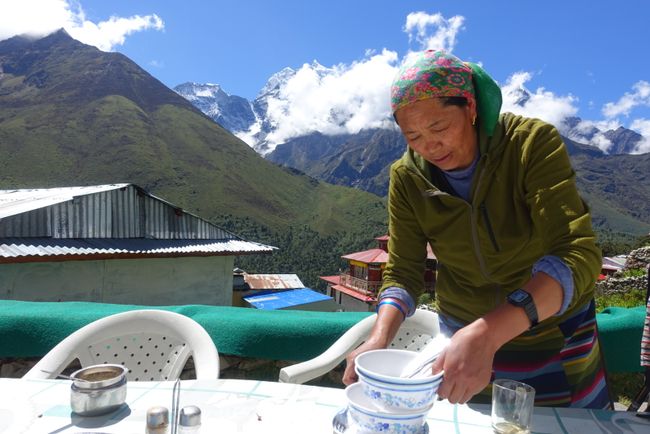
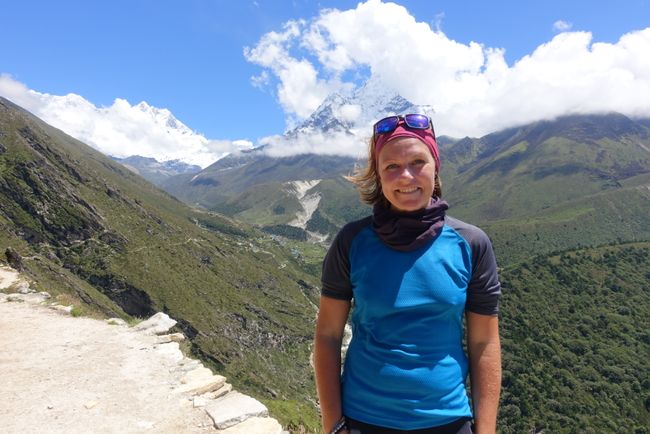
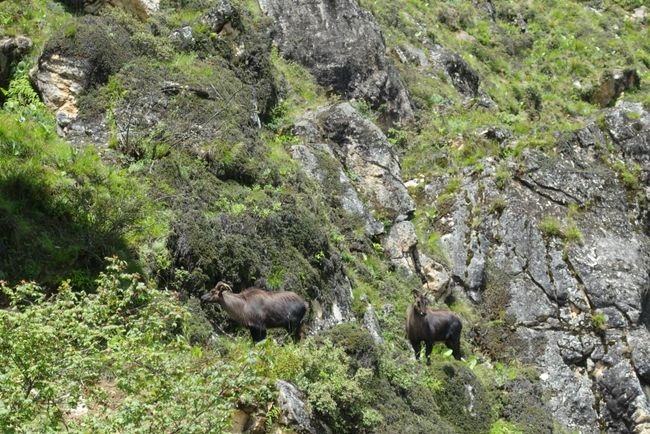
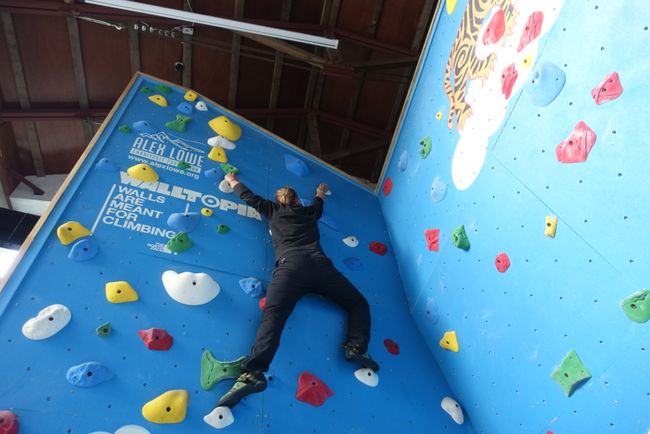
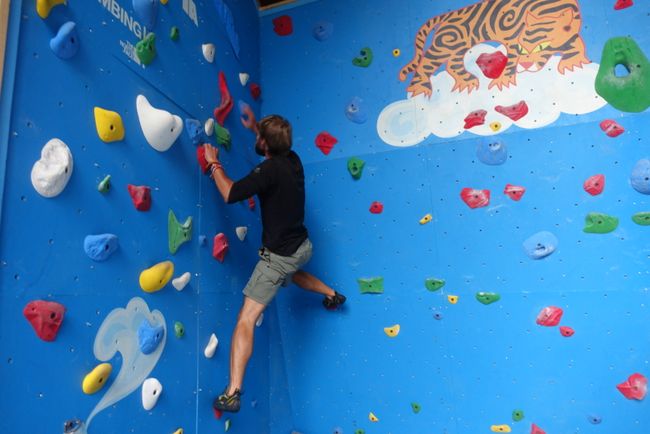
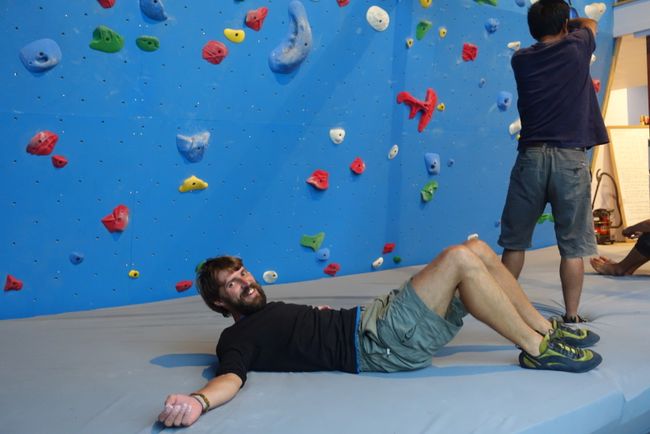
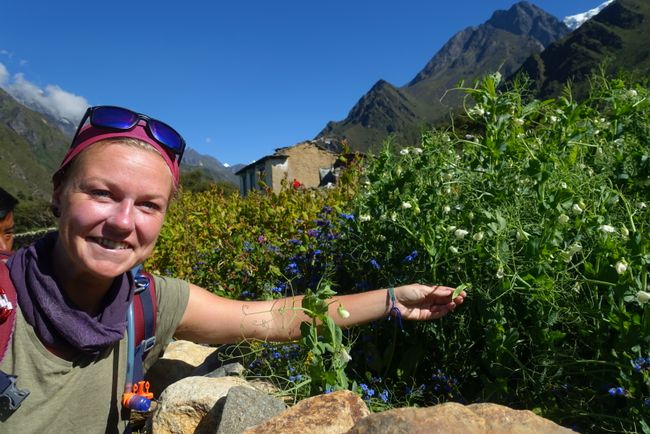
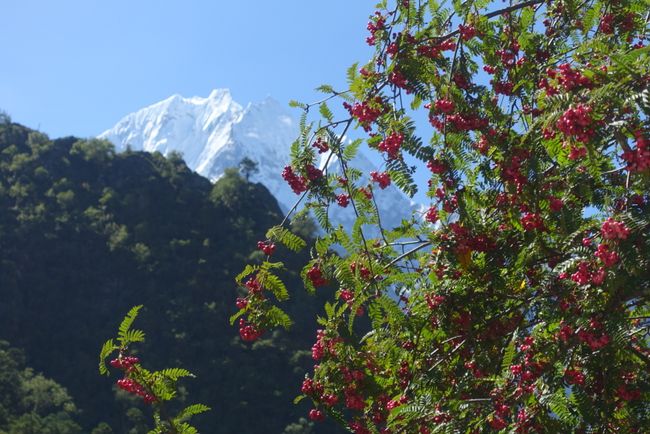
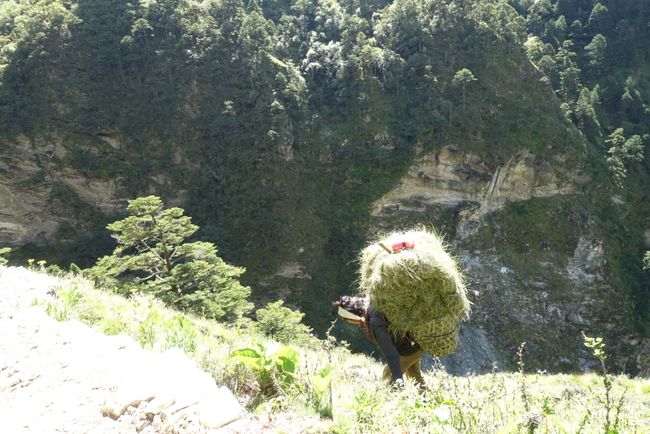
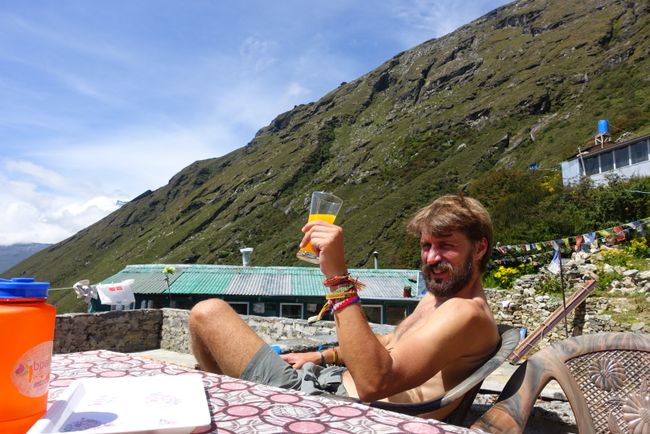
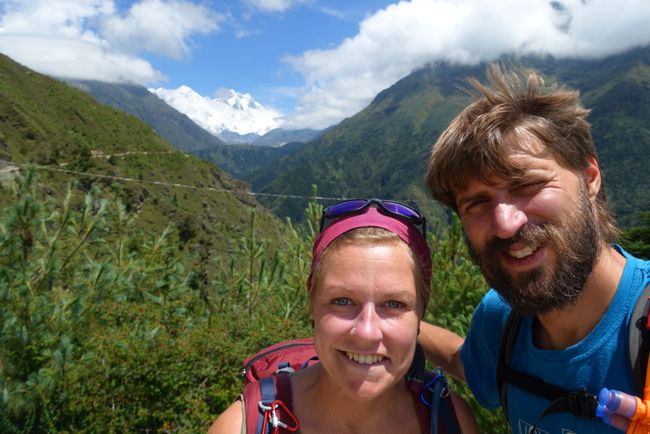
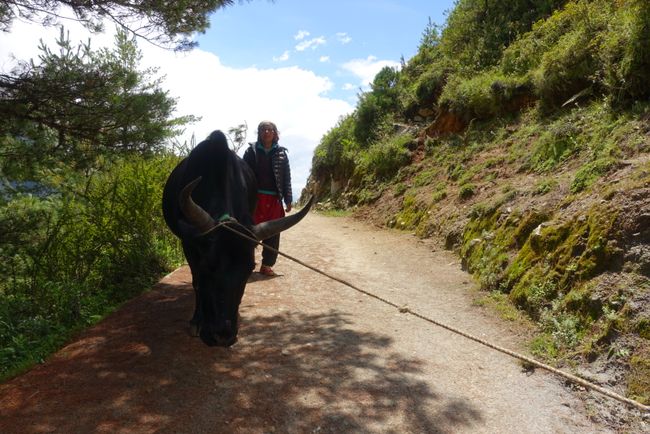
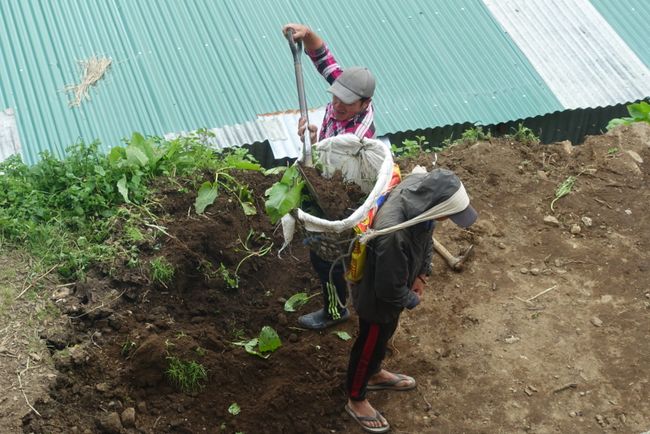
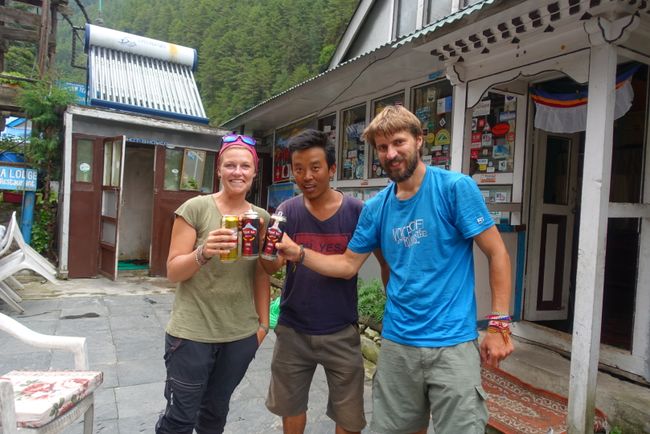
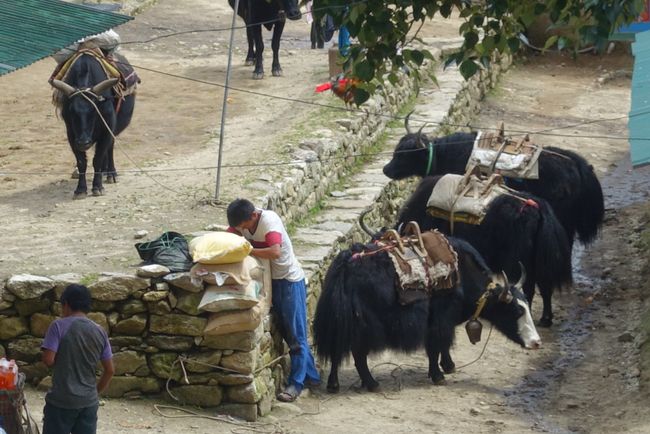
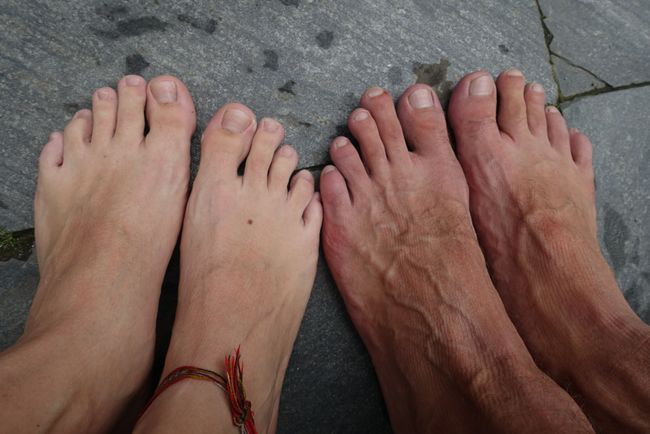
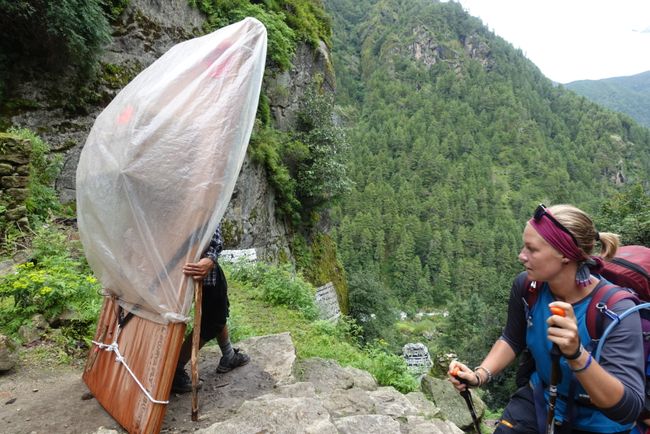
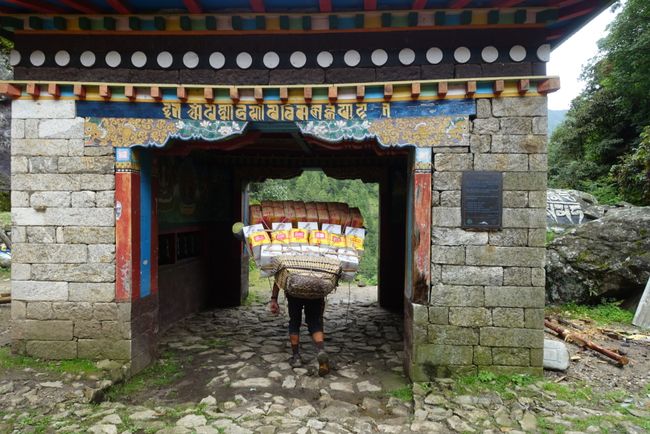
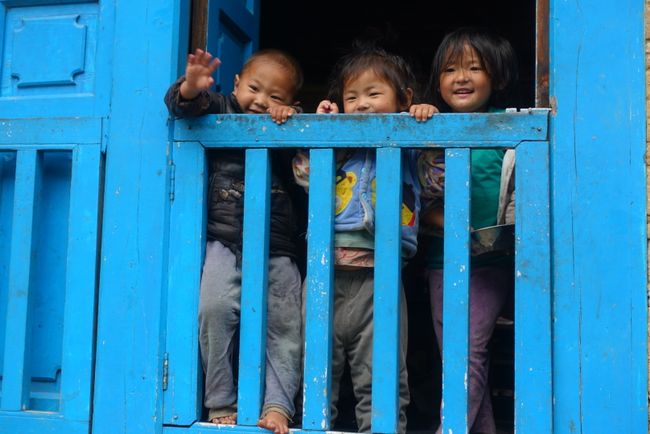
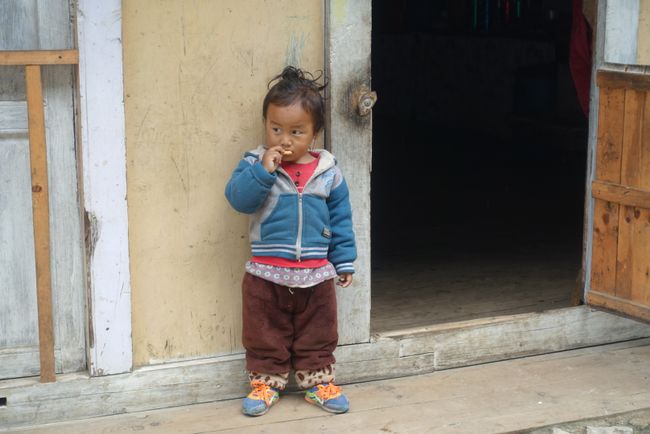
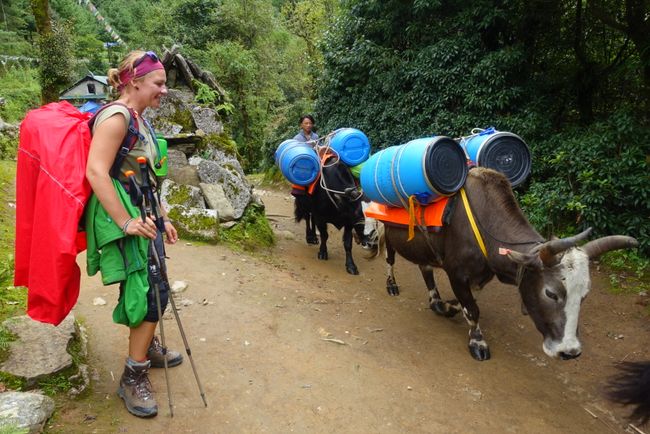
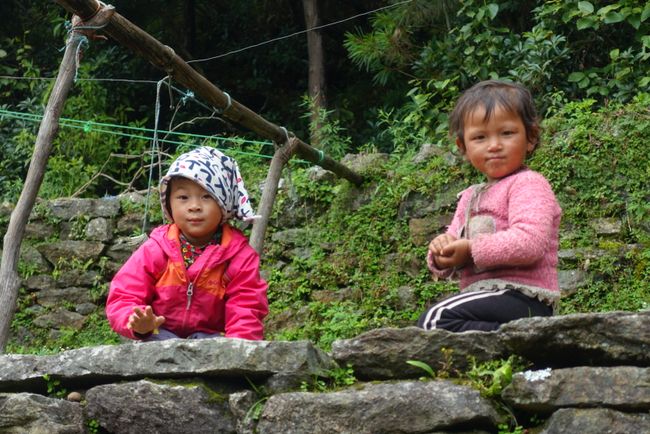
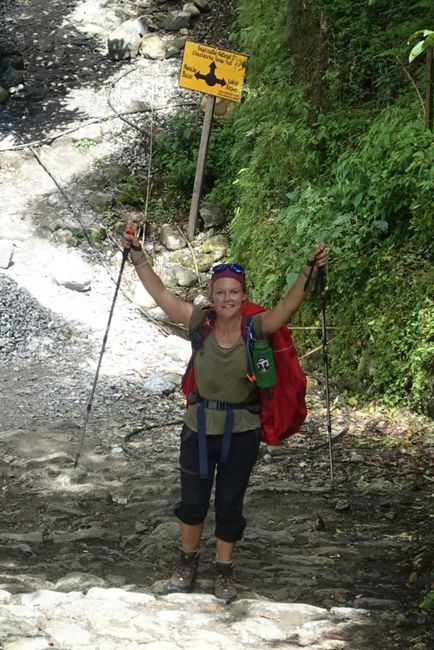
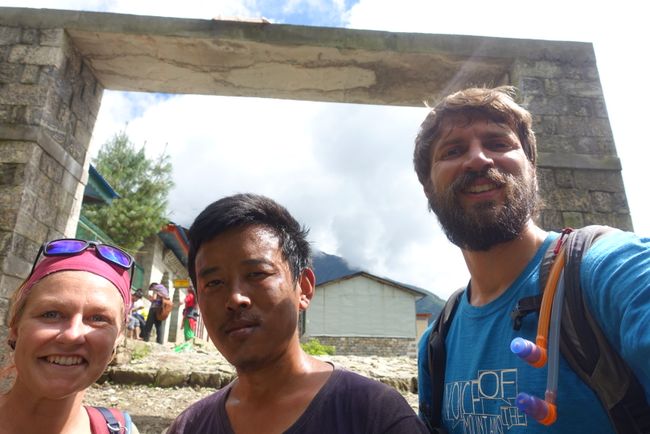
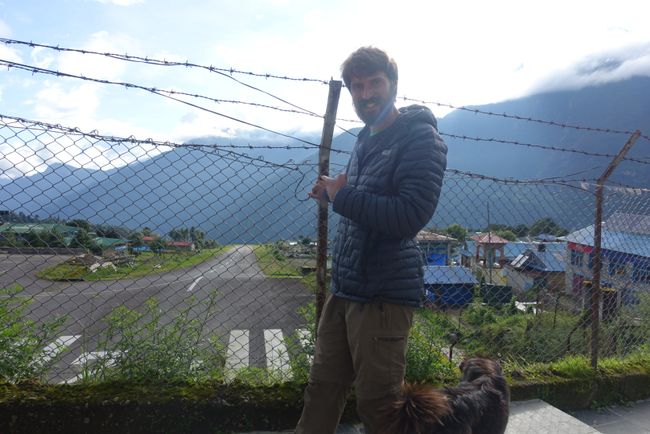
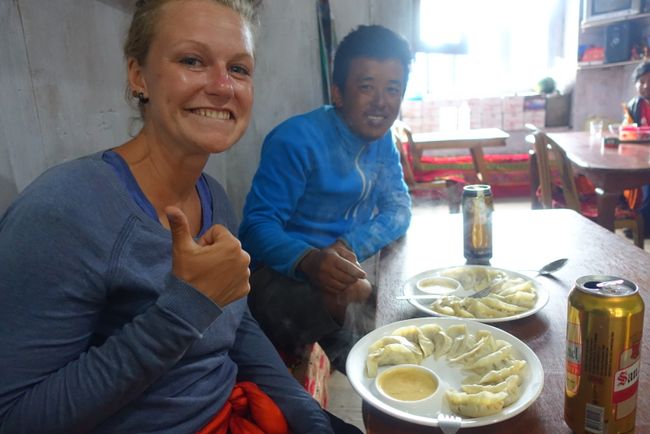
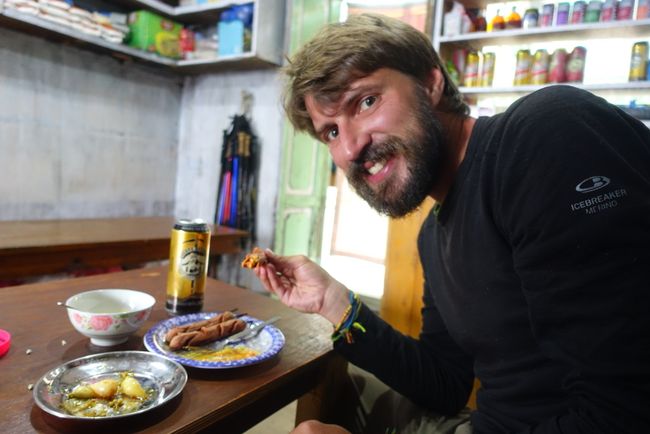
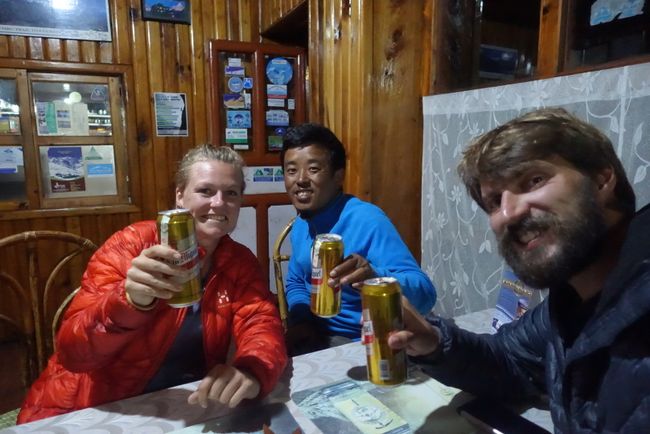
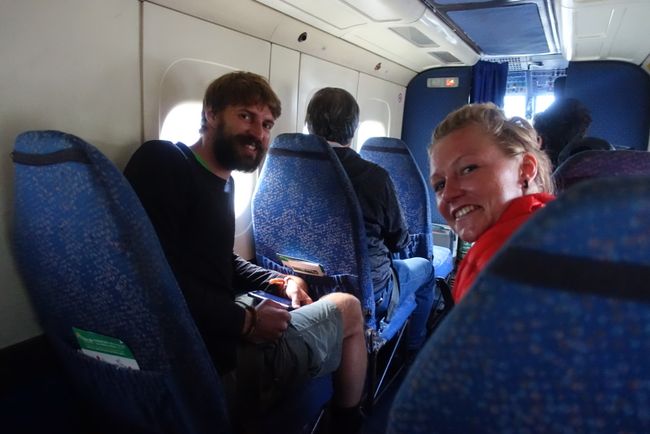
Đăng ký tin
Diary from our three-week trekking in the Himalayas:
Day 1: Kathmandu - Phaplu
Before our trekking could start, we had to be taken to the scene. We were transported to Phaplu in a jeep, together with eight other passengers, on narrow mountain roads full of potholes while loud Nepalese music was playing. The journey took thirteen hours, squeezed in the back seat with four people - we gratefully accepted every tea break and were more than happy when we finally arrived!
Day 2: Phaplu - Taksindu
Finally, we're starting! We started our three-week trekking with a short stage. After calling "eating" our sport for the last three months, even the short stage was not easy for me, especially since I had a cold from the air conditioning.... But not only we needed time to get used to moving our lazy legs again. Pemba, our guide, had spent the last four months in Kathmandu, as there are few trekking tourists in the off-season.
We walked slowly through forests, and I could finally name every tree and shrub. We steadily climbed up, passing through small villages consisting of white houses with blue windows, crossing rivers, and passing colorful Tibetan prayer flags. We were looking forward to the coming weeks, although I also had respect for the passes to be crossed, the peaks beyond 5,000m, and the cold in the high mountains.
Day 3: Taksindu - Bopsa
I can confidently call the second day "pure torture"! We started early in the morning, still in good spirits, with sunshine but took a detour to visit Pemba's family, which resulted in a nearly three-hour detour. The first approximately 4.5 hours were very steep downhill, and after about 3 hours, I already felt my legs getting tired. When we started the ascent after 6 hours and about 700 meters of descent, I was already completely exhausted. Johnny - of course fit as a fiddle - leading the way, with the panting Pemba following him, and I gasping at the end of the line against my sore, tired legs. "Day three will be better, and from day four you'll be fine," said Pemba. His word in Buddha's ear! On the second day, however, I went to bed more than satisfied, hoping that the next day would be better. However, I don't want to leave unmentioned the landscape we walked through: the path led us 17 km through valleys and over passes, in the background, we already saw the first snow-covered 7,000ers, and in the villages we visited, the inhabitants greeted us with a smile.
Day 4: Bopsa - Surka
At 5:30 am the next morning, we started the day with a magnificent view of Numbur Himal, which was glowing golden in the morning sun. But we also noticed our muscular soreness. We tried to walk it off and enjoyed the morning sun, although I already feared the long distance in the morning, when my legs were still okay. After about 3 hours uphill and downhill, it started to hurt badly. I had to force myself to keep going, hoping that my legs would go numb - that's what you always read about long hikes. But I wasn't granted that grace, and I hobbled along behind Johnny and Pemba, with my muscle soreness turning into a HUGE MUSCLE SORENESS!
Day 5: Surke - Jorsalle
After a half-day of relaxation, we were able to start early today. I had great respect for the stage ahead: according to Pemba, it would take six to seven hours - which actually means at least eight hours - and about 16 km. Due to my still agonizing muscle soreness, I bought (overpriced) walking poles which helped me a lot, and without which I would probably still be sitting by the wayside shortly after Surke, trying to heal my legs with Tiger Balm. With the poles, we marched steadily and felt more and more fit! The path led us, as in the previous days, via suspension bridges over the Dudh Kosi River, Sherpa children waved to us from the villages, and the path led through forests, constantly changing from up to down. Since we passed the city of Lukla, we were moving further away from a place that can be reached by plane. There has been no car or truck connection since Phaplu. So the most common means of transportation are the feet of the 20- to 40-year-old carriers, mostly belonging to the Sherpa ethnic group, who carry goods from place to place. The baskets that carry up to 120 kg of goods are attached to the forehead with sturdy fabric straps, so that the load is borne with the head and neck. It's incredible what these people achieve! We reached our lunch break with our 10 kg backpacks one hour earlier than planned - yes, our (or rather my) legs really got fitter! After a two-hour rest, it took another, unfortunately partly rainy, four hours until we completed the stage and could take a nap!
Day 6: Jorsalle - Namche
Today we only had a very short stage ahead of us: the steep path to the town of Namche Bazaar. This is the last town before we more or less leave civilization. In the main season of October/November, it is teeming with tourists, as it is the only way to Mount Everest; up to 15,000 trekking tourists visit the Everest Classic Trek in the month of October. Now, during the rainy season, many hotels and restaurants are closed, and we only meet isolated hikers. As my muscle soreness had shrunk to an acceptable level, I could finally enjoy the route more! We crossed forests where rhododendrons and alpine roses bloomed, and from a suspension bridge adorned with Tibetan prayer flags, we caught the first glimpse of the 8,400m-high Lhotse - impressive!
Day 7: Namche - Thame
After spending a relaxed afternoon in Namche the day before and giving our muscles plenty of time to recover, we made good progress today! We walked through a beautiful high-level path to the village of Thame, which used to be the last village on the Nepalese side of the Himalayas on the trade route to Tibet. Since Tibet's occupation by China, the 5,600m-high border crossing has been closed.
With glorious sunshine, the snow-covered mountains Ama Dablam and Tengboche in the background, and the glacial river deep below us in the valley, we walked on a path lined with blooming edelweiss, milkweed, lady's slipper, and alpine violets. In this magnificent setting, we also spotted the first yak. The shaggy giant kept its herder very busy by repeatedly eloping. When we had already arrived in Thame and sat down for a cup of tea, we still saw the poor herder chasing after his yak...
Day 8: Thame - Lungden
Today we started with sunshine and a wonderful view of the golden mountains in the morning sun. First, we visited the Buddhist monastery in Thame, where we were blessed by an eight-year-old lama. As Pemba reported, he has already been reincarnated three times and is therefore a very holy and important monk. After the blessing, we were allowed to watch the meditation, during which the adult monks read the sacred scriptures for 45 days, interrupted only by sleep and meals. I would have loved to watch the meditative prayers for longer, but after lighting candles blessed by the old lama of the monastery to protect our families, friends, and achieve our life goals, we had to move on - after all, we still had a few kilometers ahead of us....
After the ascent to the monastery, we descended through tall juniper bushes onto a plateau. There we walked through meadows full of edelweiss, red buckwheat, violets.... The further and higher we climbed, the sparser the vegetation became. Soon the juniper bushes were only knee-high, but we saw large areas full of heather in contrast to the white limestone. We walked along the rushing glacier river, which originated where we wanted to go the next day: the Renjo Pass, which we already saw in the distance in the morning. All day long, I thought about the difficult and long stage the next day, which would take us over 5,360m. In the afternoon, we had time to rest and recharge our energy - the next day was going to be tough!
Day 9: Lungde - Renjo Pass - Gokyo
We started the difficult stage at sunrise, at 5:45 am! The peaks of the surrounding 6,000ers were invitingly beautiful in the morning sun, and this magnificent view of the high snow-covered mountains made the ascent easier. After just 1 hour and 20 minutes, we had covered 400 vertical meters and reached a beautiful, sunlit high valley. The blue sky, high mountains covered in snow, the lush green high valley with a few colorful perennials that defy the weather so high up - this combination was wonderful, and as we continued towards the pass, we were completely surrounded by the high mountains that swallowed up the sound of our footsteps. We steadily climbed uphill until we reached the "real," steep ascent to the pass. Slowly and stopping regularly, we climbed another 650 vertical meters, to reach the 5,360m high pass after almost five hours of ascent. I was glad that the first of four ascents above 5,000m went smoothly, and we proudly and happily had a picnic in light snowfall before starting the two-hour descent to the town of Gokyo. It was a great day that ended in the lodge with another tourist.
Day 10: Gokyo, Rest Day
We had earned our rest day, as we believe! We enjoyed it lying in the sun on an alpine meadow at nearly 5,000m. With a magnificent panorama of the 8,000m-high Cho Oyu and Nuptse, we lay in the sun and thought of Leberkassemmel and sausage salad. Our dog, who had been with us for three days already, got bored on our rest day and joined another hiker, leaving us...
Day 11: Gokyo Ri - Thagnak
Since this stage was only supposed to take about two hours and was more of a rest day, Johnny decided to climb Gokyo Ri, 5,360m, in the morning. At first, it was very cloudy, but it cleared up gradually, and he came back to the village with great pictures after about three hours.
After a short break, we crossed the glacier tongue of Cho Oyu before arriving in Thangkak, where we set up our camp for tomorrow's crossing of the "Cho La" Pass.
Day 12: Thangnak - Cho La - Dzongla
Today, the second pass crossing awaited us: the Cho La Pass, 5,460m. Early in the morning, at 4:30 am, we had breakfast to start walking under starry skies. Slowly but steadily, we climbed uphill, and at sunrise, we had already covered a short stretch, so that we could look at the first rays of the day on the snow-capped peaks around us from a slightly elevated position. When we reached the first ridge, the sun was already in the cloudless blue sky, and we had a fantastic panoramic view of all the huge mountains. We had to reach the pass soon, before all the ice melted in the sun, increasing the risk of rockfall. So we did not linger long at the beautiful view and went downhill for about half an hour to make the challenging ascent to the pass. The icy and snow-covered granite boulders made the ascent a bit more difficult, but we made progress slowly. At the same time, we let our gaze wander in all directions to enjoy the panorama. When we arrived at the pass, the view took our breath away: all the snow-covered giants of the Himalayas in the dazzling sunshine against a bright blue sky. Proud and happy to be there, I had to hold back a tear in this overwhelming setting....! After almost an hour of picnic break, we started the descent to the recently snow-covered glacier. Our guide, who had never been in the area during the off-season, had a hard time finding the way - after some going back and forth, we had to choose the seemingly only passable path from the glacier: a steep scree field that was heavily affected by rockfall. We tried to pass the danger zone as quickly as possible, sometimes crouched under larger rocks to avoid the rockfall. After about 20 minutes, we had left the danger zone behind us and were very relieved. We continued for another 1.5 hours in the fog to Pheriche, where we recovered from the exhausting day.
Day 13: Dzongla - Lobuche
After the long and difficult stage the day before, we only had a short distance to Lobuche and were able to sleep in. Then we set off, after breakfast and a little (by now overdue) personal hygiene - meaning washing my hair in the creek in front of the inn. Again, we passed colorful meadows and walked on the high-level path with a magnificent panorama and sunshine, passing peacefully grazing yaks. We reached Lobuche at noon, so we had another afternoon of dice games and Bavarian card games (Watten and Schafkopf).
Day 14: Lobuche - Gorak Shep
We covered the short distance from Lobuche to Gorak Shep, the last permanently inhabited village before Mount Everest, in just under three hours, including plenty of photo breaks, as we had a fantastic weather and panorama again. I won't mention the meadows full of edelweiss anymore, although I was still happy to see them! After a short break in Gorak Shep, we set out to visit Everest Basecamp. We slowly moved forward, crossing the glacial Nuptse, which rose massively beside us into the sky, unfortunately under increasingly unfavorable weather conditions. When we arrived at EBC, the sky was unfortunately quite cloudy, but the view of the glacial ice was clear and unobstructed. In the main season, it's teeming with tourists here, but we were completely alone (except for the hosts, of course) and enjoyed the silence surrounded by the gigantic mountains.
Day 15: Gorak Shep
Today we wanted to go "high up" again to Kala Patthar, a 5,550m high peak opposite Mount Everest. Unfortunately, nearly 10 cm of fresh snow and a completely cloudy sky thwarted our plans... But we didn't want to miss out on the panorama of the highest mountain in the world, so we decided to waste the day and try our luck again the next day. So today it was either sleep or watch the countless avalanches caused by the fresh snow.
Day 16: Gorak Shep - Kala Patthar - Gorak Shep - Pheriche
Today, with amazing weather, we reached the summit of Kala Patthar. We started under a starry sky before sunrise, and the moon illuminated the mountain range as we marched towards the summit in the dawn. That Johnny would be able to join was not clear the evening before because suddenly he was hit by sleep deprivation and bad eating: at altitudes above 4,800m, he suffers at night from the altitude, so that he can't sleep for more than an hour at a time - so he hadn't slept properly for six nights. Now he had been vomiting all night until the morning when his stomach was empty enough for him to feel well enough to join.
We were glad that we were able to experience this last highlight of our trip together: the sunrise in front of a clear, blue sky, surrounded by the giants of the Himalayas Pumori, Nuptse, Ama Dablam, Taboche, and Mount Everest. Slowly, the sun rose and kissed the peaks until they shone golden in the sun. An overwhelming goosebumps moment when I couldn't - and didn't want to - hold back a few tears of happiness!
However, the effort of the ascent was quite hard on Johnny, and on the way back to Gorak Shep, he walked as if in a trance. Back in the lodge, where I quickly packed our backpacks, he immediately fell asleep at the table. However, we still had to go further, another at least six-hour descent to Pheriche. Pemba and I divided Johnny's things from my backpack so that he had to carry very little as he dragged himself downhill on an empty stomach. We had to cross the glacier again to get back to Lobuche, tiring up and down on ice and scree, then a long plain full of edelweiss, passing grazing yaks. After a short tea break in Lobuche, we walked downhill to Thukla, where Johnny could hardly eat anything, but immediately fell asleep at the table again. After the lunch break, we walked for another 1.5 hours in the fog to Pheriche, where we recovered from the exhausting day.
Day 17: Pheriche - Phortse
After leaving the Everest behind us, we were on our way to Phortse. As the weather was once again wonderfully sunny, we had to constantly turn around to take in the incredible view of the Everest and Lhotse range. The hike on the high-level path lined with colorful perennials was easy and pure enjoyment. On arrival in Phortse, we were very pleased: trees, more precisely Himalayan birch, and a climbing wall! The afternoon was saved, and the day ended with delicious mushroom curry and a conversation (or rather an interrogation) with the hotel owner, who had already climbed the highest mountain in the world 14 times!
Day 18: Phortse - Jorsalle
Today we left Mount Everest behind, passing the one turn with the "last view". After a long ascent through a beautiful, almost mystical forest of Himalayan birches, it was mostly downhill. The route was longer than expected and a little tiring, especially the last kilometers before Namche on the wide gravel road. After lunch in Namche, it was hard for us to push ourselves further, especially since it had started drizzling lightly... Due to a road closure, we had to take a very tiring detour, which went steeply up and down in the forest. However, it got better in Jorsalle when we rewarded ourselves for the strenuous day with the first beer since the start of the trekking! I also received a Mo:Mo cooking course from the chef, which I only completed moderately well. Taste: very good, appearance: well...
Day 19: Jorsalle - Lukla
The last hiking day has come! The most spectacular thing about today was that we found a coffee roastery, and for the first time in three weeks, we were served real bean coffee! Other than that, it was mostly uphill and downhill until we reached Lukla, where the first shower in more than ten days was waiting for us!
Day 20: Lukla - Kathmandu
Departure from the world's most dangerous airport at 6:50 am. In a tiny propeller plane, we started our journey back to Kathmandu. The plane roared over the sloping runway, took off, and shortly after, we saw the gorge below us - a bit of excitement to finish, although landing in Lukla is probably even more spectacular...
Đăng ký tin
Trả lời
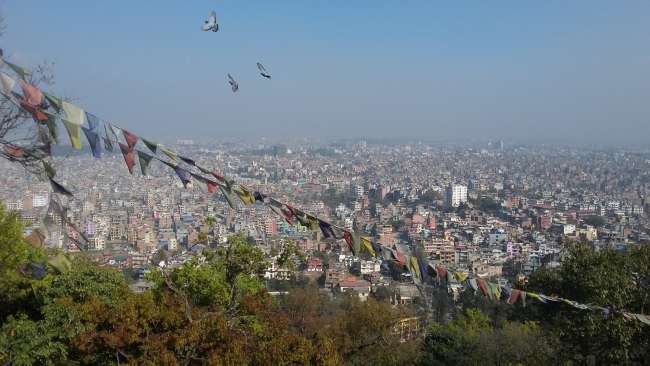
Báo cáo du lịch Nê-pan
